Creating a strong online presence starts with a clear roadmap. A structured SEO plan acts like a blueprint, guiding every decision to improve your website’s visibility on search engines. Without this foundation, even the best content or technical tweaks might not deliver lasting results.
Think of your website as a house. The first phase determines whether it stands strong or crumbles under pressure. While experts debate whether to start with audits, goal-setting, or keyword research, all agree: skipping this phase risks wasted effort and missed opportunities. Your opening move shapes how every subsequent optimization effort connects.
Successful businesses don’t leave their search rankings to chance. They analyze competitors, identify gaps, and prioritize actions that align with their audience’s needs. Whether focusing on technical health or content gaps, the right start creates momentum. Let’s explore how to lay this critical groundwork.
Key Takeaways
- A structured approach ensures SEO efforts work together, avoiding disjointed strategies.
- The initial phase acts as a foundation, influencing all future optimizations.
- Common starting points include technical audits, goal alignment, or keyword analysis.
- Early missteps can lead to wasted resources and unstable rankings.
- Real-world cases show tailored strategies outperform generic checklists.
- Harmony between technical, content, and off-page elements drives sustainable growth.
Understanding Structured SEO Plans
Imagine trying to assemble furniture without instructions—SEO without structure feels equally chaotic. Random tweaks might temporarily boost rankings, but lasting success requires organized action. This systematic approach transforms guesswork into measurable progress.
Defining a Structured SEO Plan
A structured SEO plan maps every action from keyword discovery to performance tracking. Unlike scattered efforts, it combines technical fixes, content creation, and link-building into a unified strategy. Think of it as a recipe where missing ingredients—like site speed optimizations or metadata adjustments—ruin the final dish.
Core components include:
- Technical health checks (site speed, mobile responsiveness)
- Keyword analysis aligned with user intent
- Content calendars prioritizing high-impact topics
- Ongoing monitoring for quick adjustments
Why a Blueprint Matters for Search Engine Success
Businesses using systematic strategies see 3x more traffic growth than those relying on random tactics. A clear blueprint prevents wasted budgets by directing funds toward fixes that matter—like repairing broken links before chasing new backlinks.
Measurable milestones turn vague goals into achievable wins. For example, improving page load time by 0.5 seconds or increasing blog posts targeting priority keywords by 20% monthly. These markers keep teams focused and accountable.
“SEO without structure is like sailing without a compass—you might move, but not toward your destination.”
This approach also bridges department gaps. Developers understand technical requirements, while writers grasp keyword integration needs. Everyone rows in the same direction, creating momentum search engines reward.
What Should Be the First Step of a Structured SEO Plan?
Picture a doctor reviewing test results before prescribing treatment. A structured SEO plan works similarly—you need diagnostics before action. Jumping straight into optimizations without understanding your website’s current condition often leads to misguided efforts. When weighing paid ads against organic reach, our in-depth comparison of SEO vs PPC: Which Channel Will Work Better for You? offers valuable insights into cost efficiency and audience targeting
The Diagnostic Power of Website Audits
Comprehensive audits act like X-rays for your site, revealing hidden issues affecting performance. They answer critical questions: Are pages loading quickly enough? Does content match what searchers actually want? Over 40% of sites have crawl errors that block search engines from properly indexing them.
Three core areas demand attention:
- Technical health: Broken links, slow load times, and mobile compatibility
- Content gaps: Missing topics competitors rank for
- User experience: Navigation roadblocks hurting engagement
“Audits transform assumptions into actionable data. You stop guessing why rankings stall and start fixing proven issues.”
Strategic Advantages of Starting Right
Establishing this baseline helps teams avoid common pitfalls. One e-commerce brand discovered 12% of product pages weren’t indexed due to duplicate content—a fix that doubled organic traffic in three months.
Prioritization becomes clearer when audits highlight:
- Urgent technical errors draining crawl budget
- High-potential keywords missing from content
- Mobile usability issues increasing bounce rates
This evidence-based approach builds stakeholder confidence. Instead of vague promises, you present a roadmap with measurable milestones—like fixing critical errors within 30 days or creating 10 priority content pieces per quarter.
Conducting an In-Depth Website Audit
Peeling back the layers of your digital presence uncovers hidden opportunities. Start by capturing baseline metrics in Google Analytics—organic traffic patterns, bounce rates, and top-performing pages. This snapshot becomes your reference point for measuring progress.
Evaluating Technical SEO Elements and Site Health
Crawl errors act like roadblocks for search engine bots. Use Google Search Console to find broken links and sitemap inconsistencies. Tools like Screaming Frog SEO Spider dig deeper, revealing redirect chains and missing meta tags that drain your site’s potential.
| Tool | Primary Function | Key Benefit |
|---|---|---|
| Google Search Console | Identify crawl errors | Free access to critical indexing data |
| Screaming Frog | Detect broken links | Deep site structure analysis |
| GTmetrix | Measure page speed | Actionable performance insights |
Assessing Mobile-Friendliness and User Experience
With mobile-first indexing, your website must perform flawlessly on smartphones. Google’s Mobile-Friendly Test highlights rendering issues, while heatmap tools expose navigation struggles. Pages loading slower than 3 seconds risk losing 53% of visitors—optimize images and compress code to keep users engaged.
“Treat mobile users like VIPs—their experience dictates your search rankings.”
Don’t overlook internal linking. Clear pathways help visitors discover content while guiding search bots through your site’s hierarchy. Fix duplicate content issues early—they confuse algorithms and dilute ranking power.
Implementing Effective Keyword Research
Unlocking search success begins with knowing what your audience actually types into Google. Keyword research acts as your digital hearing aid, tuning into the precise language people use to find solutions. This process bridges the gap between business offerings and customer needs.
Understanding User Intent and Search Queries
Not all searches are created equal. A user typing “best running shoes” might want reviews, while “buy Nike Air Zoom” signals purchase readiness. Tools like Google Analytics reveal these intent patterns through metrics like bounce rates and time-on-page.
-
Brands looking to maximize their digital marketing ROI should consider the strategic benefits outlined in the synergy of SEO and PPC for ecommerce success.
Three primary intent categories guide strategy:
- Informational: “How to fix a leaky faucet”
- Transactional: “Affordable plumbers near me”
- Navigational: “Home Depot customer service”
“Targeting the right intent turns visitors into customers. Miss this, and you’re just creating traffic without transformation.”
Leveraging Tools Like Google Analytics and Ahrefs
Professional platforms turn guesswork into precision. SEMrush’s Keyword Magic Tool suggests related phrases, while Ahrefs’ Site Explorer exposes competitors’ winning terms. Combine these insights with Google Search Console data to spot untapped opportunities.
| Tool | Best For | Key Feature |
|---|---|---|
| Ahrefs | Competitor analysis | Backlink tracking |
| SEMrush | Keyword discovery | Trend predictions |
| Google Analytics | User behavior | Conversion tracking |
Balance search volume with competition scores. High-volume terms might be out of reach, but long-tail phrases often deliver qualified leads. Update keyword lists quarterly as trends shift and new tools emerge.
Optimizing Website Structure and Content Strategy
Think of your website as a city map. Clear roads (navigation) and well-placed signs (internal links) help visitors explore without getting lost. A logical structure boosts both user experience and search engine crawl efficiency.
Building Pathways That Search Engines Love
Internal linking acts like tour guides for visitors and algorithms. Connect related pages using descriptive anchor text—this spreads ranking power across your site. Tools like SEMrush’s Site Audit tool uncover broken links or orphaned pages draining your SEO potential.
| Tool | Primary Use | Key Feature |
|---|---|---|
| Screaming Frog | Crawl Analysis | Identifies 404 errors |
| Google PageSpeed Insights | Speed Optimization | Mobile performance grades |
| Ahrefs | Link Tracking | Internal link distribution maps |
Content clusters group related topics into hubs. A baking blog might link “gluten-free cookie recipes” to “best flour substitutes.” This shows search engines your expertise while keeping readers engaged.
“A well-structured site is half the SEO battle—algorithms reward clarity over chaos.”
Audit menus and breadcrumbs quarterly. Confusing navigation increases bounce rates. Use heatmaps to see where users struggle, then simplify pathways. Pair this with content creation that answers specific search queries for maximum impact.
Monitoring SEO Performance and Making Adjustments
Your SEO strategy needs constant tuning, like a race car’s engine during a pit stop. Real-time tracking separates winners from those stuck in neutral. Without monitoring, you’re driving blindfolded—missing exits and burning fuel.
Tracking Organic Traffic and Keyword Rankings
Google Analytics becomes your dashboard. Set up custom reports to watch weekly organic traffic fluctuations. Pair this with rank-tracking tools like SEMrush to see keyword movements. Spot patterns: Are Tuesdays peak days? Do product pages outperform blogs?
| Tool | Key Function | Best For |
|---|---|---|
| Google Search Console | Impression tracking | Identifying query trends |
| Ahrefs Rank Tracker | Keyword position monitoring | Competitor comparisons |
| Hotjar | User behavior analysis | Improving engagement rates |
“Data doesn’t lie—it either confirms your strategy works or hands you a repair manual.”
Adapting Strategies Based on Data Insights
Notice a 15% drop in mobile traffic? Check Core Web Vitals. See rising search engine results for voice queries? Optimize content for conversational phrases. Tools like AnswerThePublic reveal emerging trends before they peak.
Monthly reviews prevent stagnation. Compare current performance against benchmarks—aim for 5-7% monthly organic growth. Adjust strategies when algorithms shift or user engagement dips. Share progress reports showing ROI through lead generation or sales lifts.
Remember: SEO isn’t set-and-forget. It’s a dance between what worked yesterday and what wins tomorrow. Keep your tools sharp, your data closer, and your adjustments timely.
Conclusion
Building a digital presence that lasts requires more than quick fixes—it demands a solid foundation. A structured SEO plan acts as your roadmap, ensuring every action aligns with core goals. Whether launching with audits, keyword research, or goal-setting, clarity in this initial phase determines long-term success.
Your blueprint becomes the compass guiding every optimization. Teams gain focus, resources flow to high-impact areas, and search engines recognize cohesive strategies. Prioritize understanding your audience and technical health early—these insights prevent wasted effort chasing trends that don’t resonate.
Remember: sustainable growth stems from balance. Blend technical precision with content that answers real needs. Track progress, adapt to algorithm shifts, and keep user engagement central. With the right first steps, your SEO plan evolves from concept to measurable results, securing visibility that withstands competition and time.

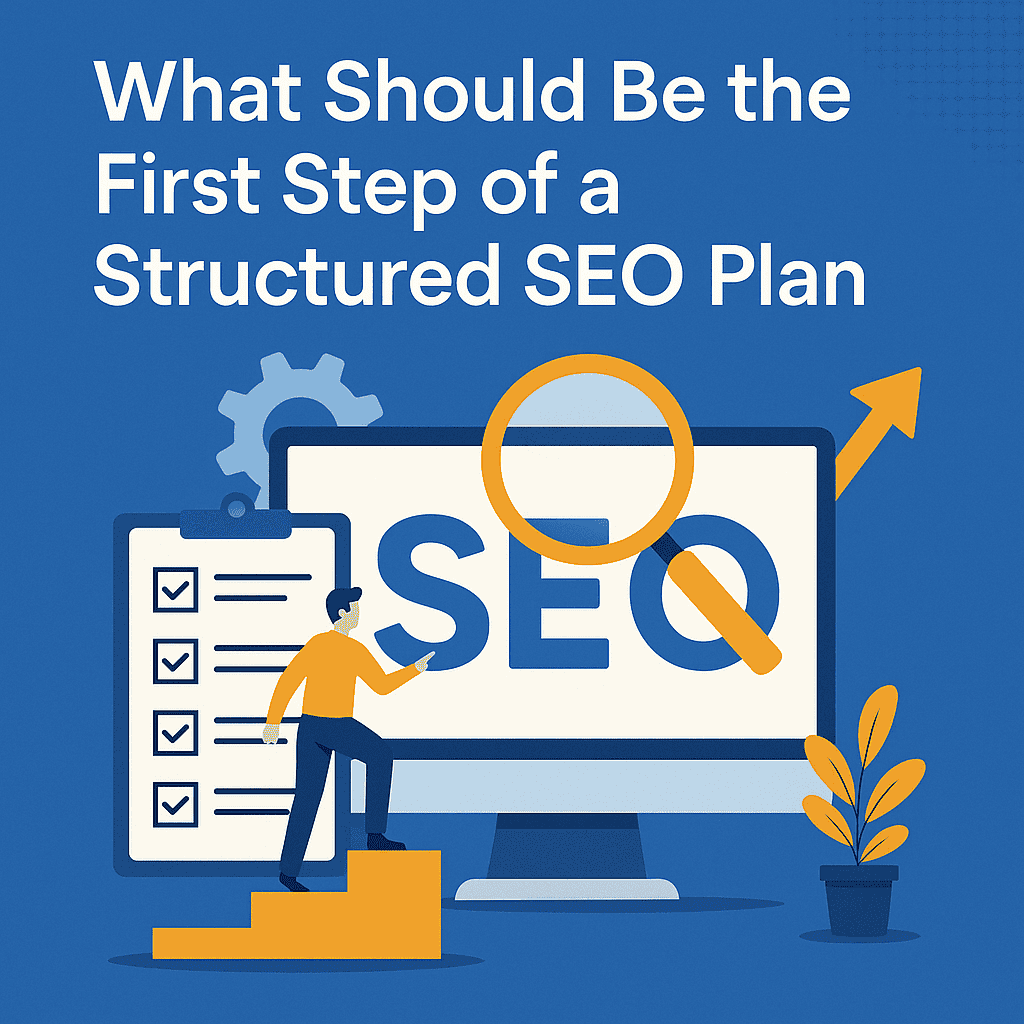
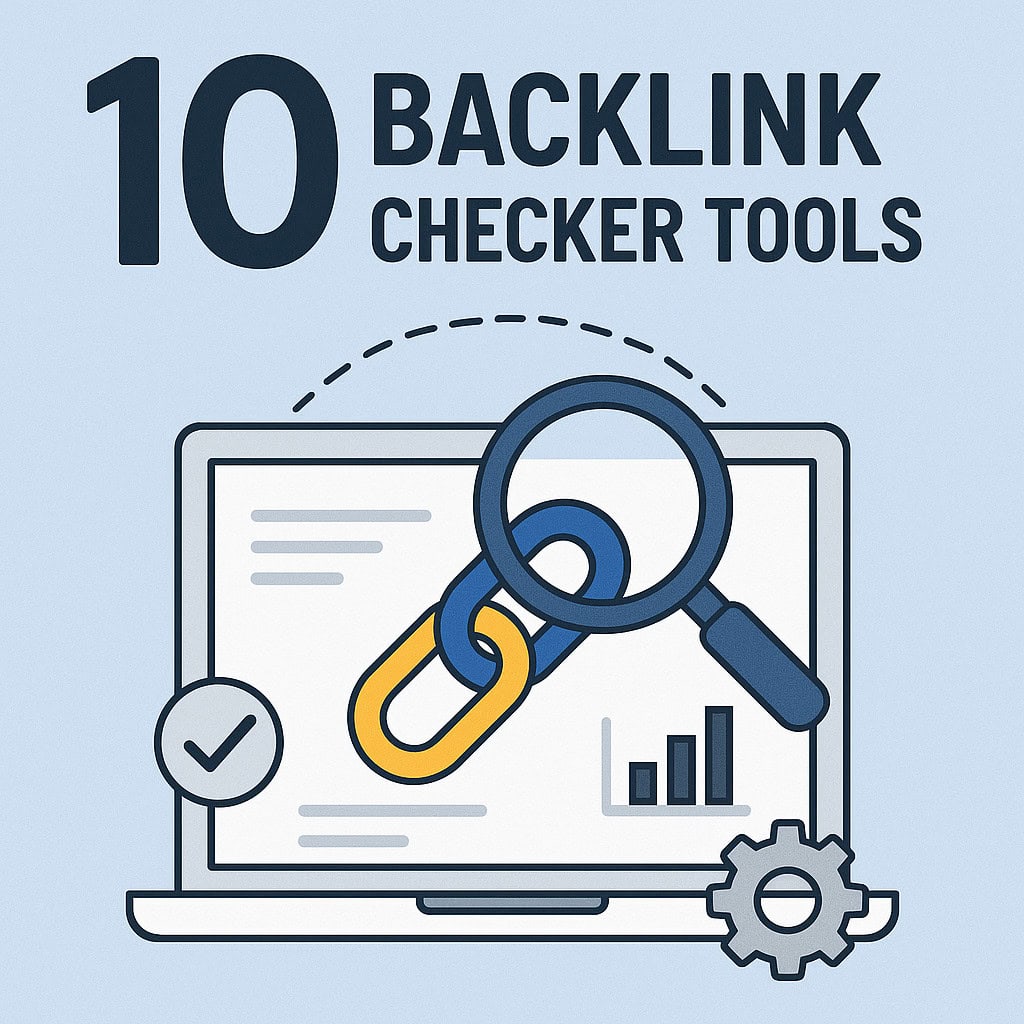
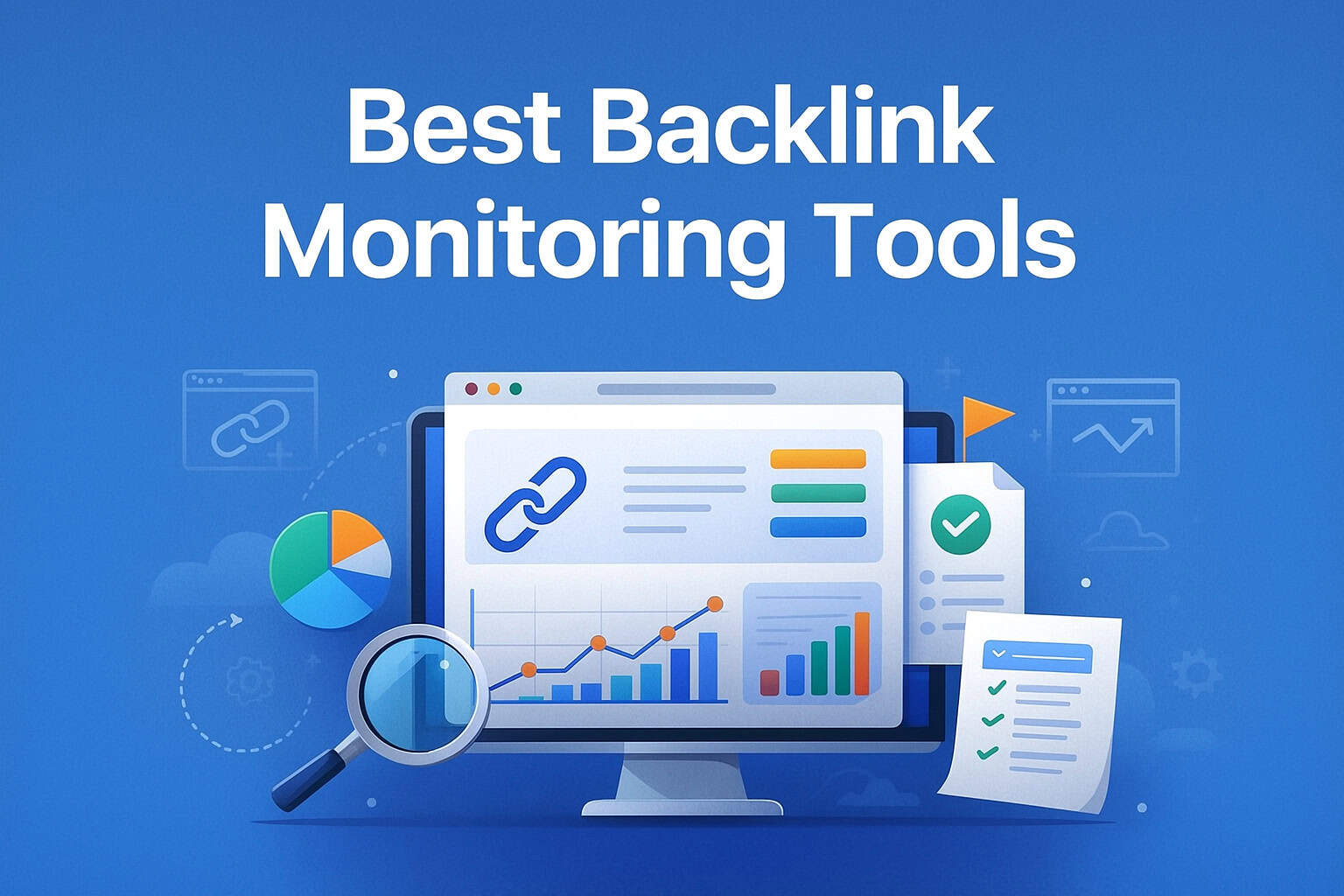
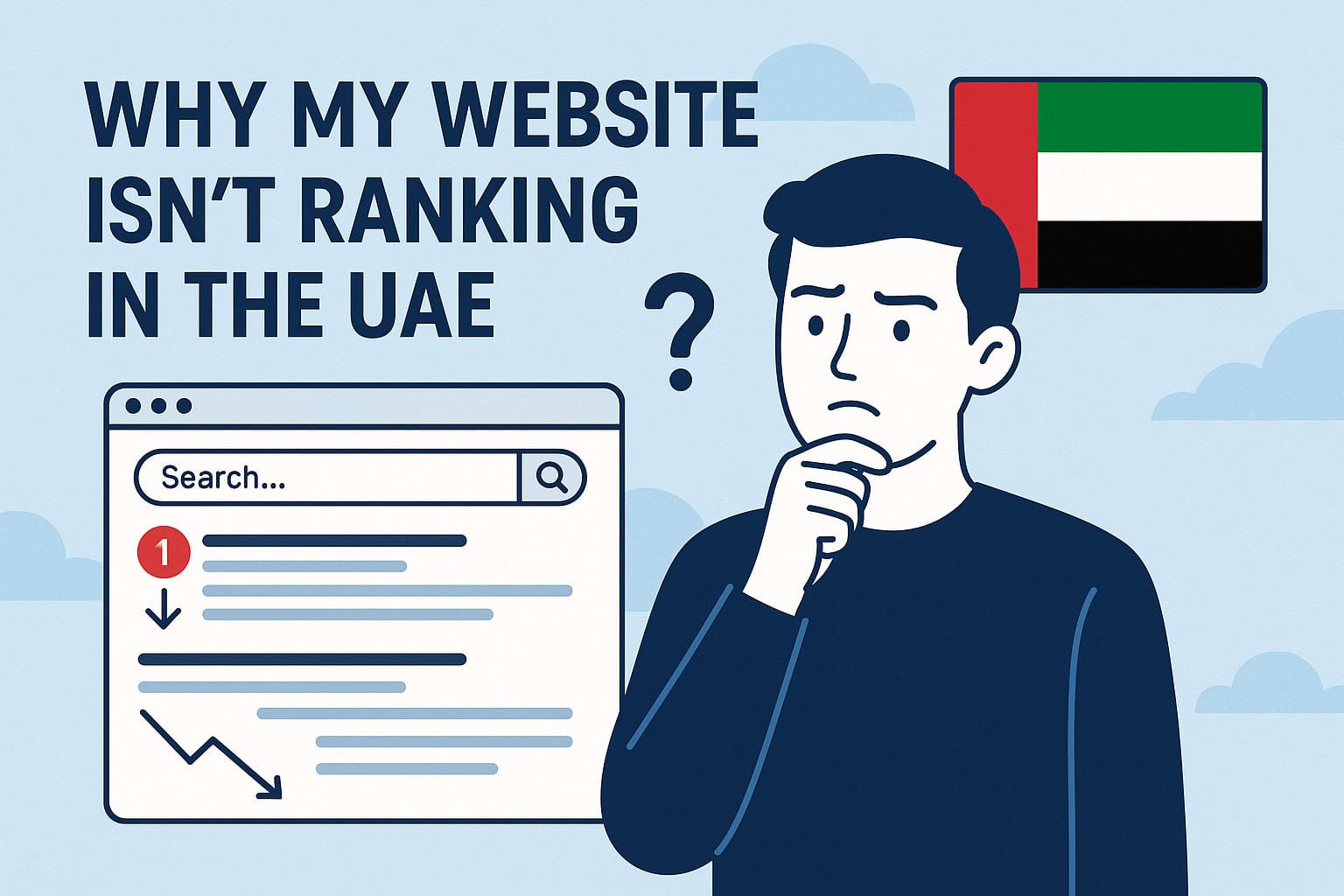
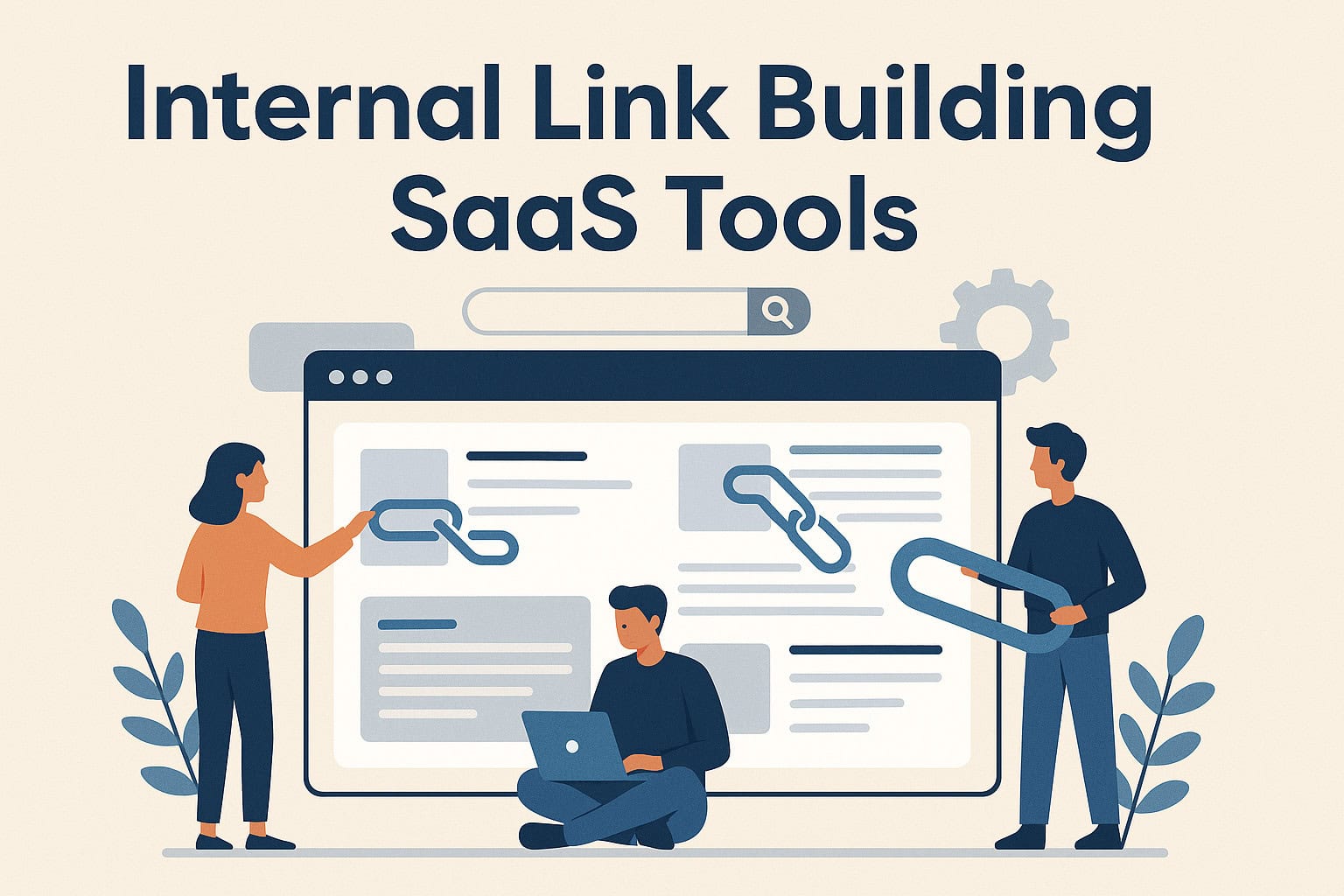
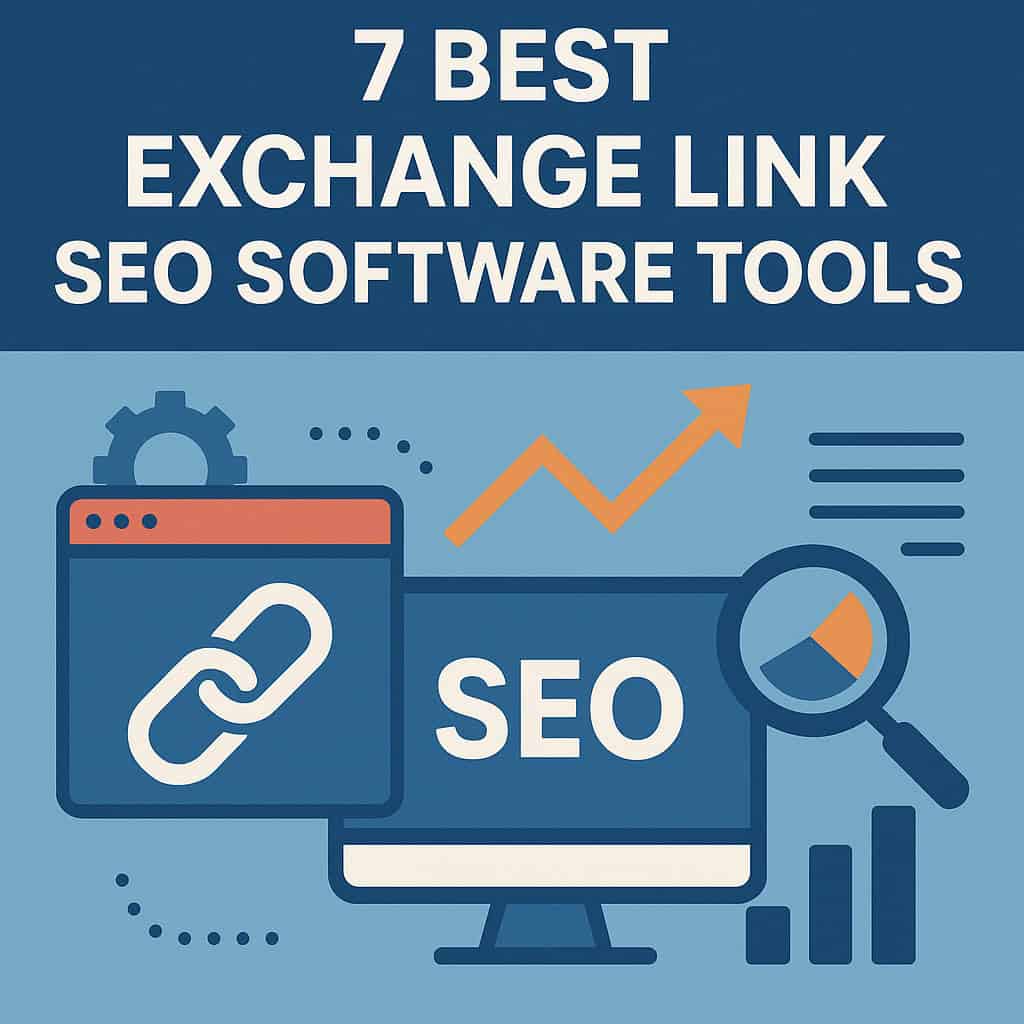
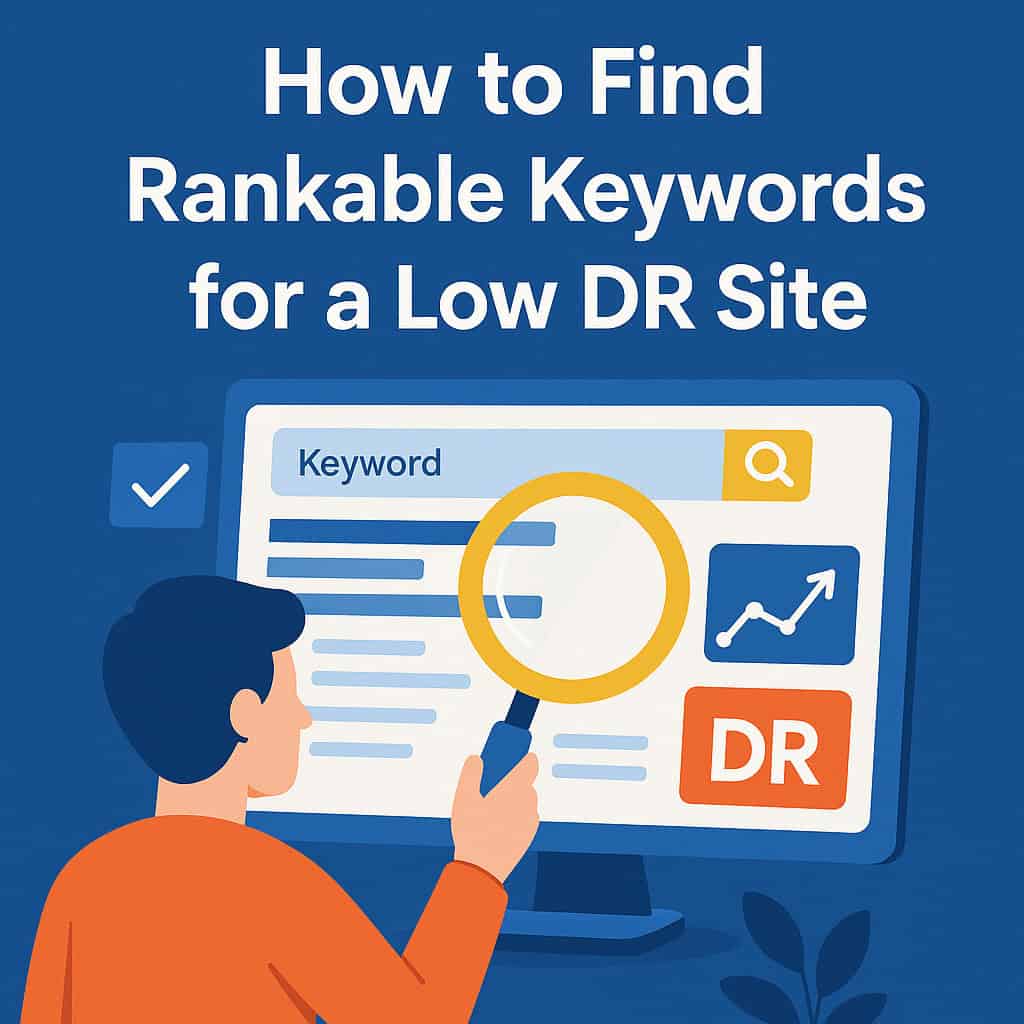

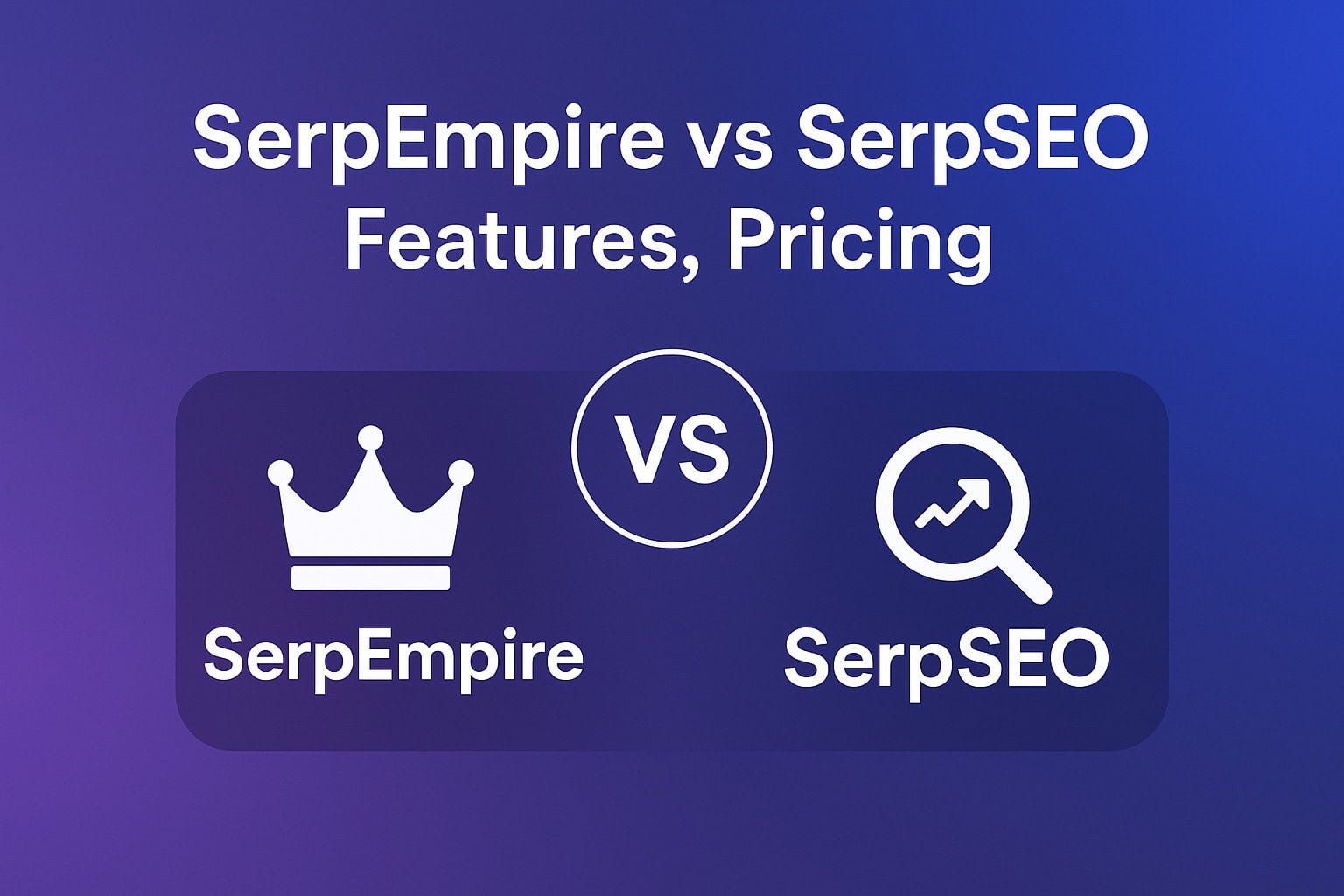
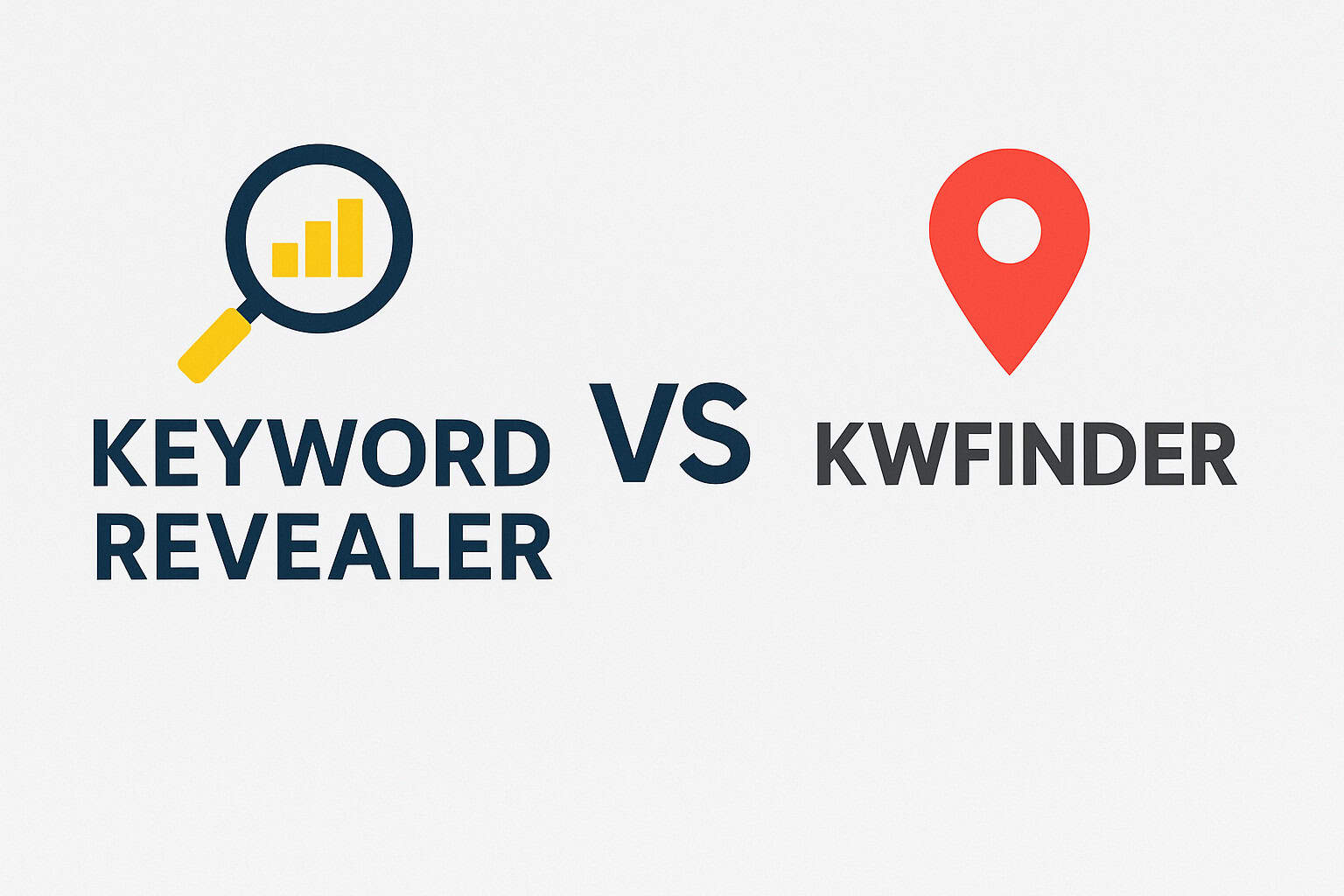
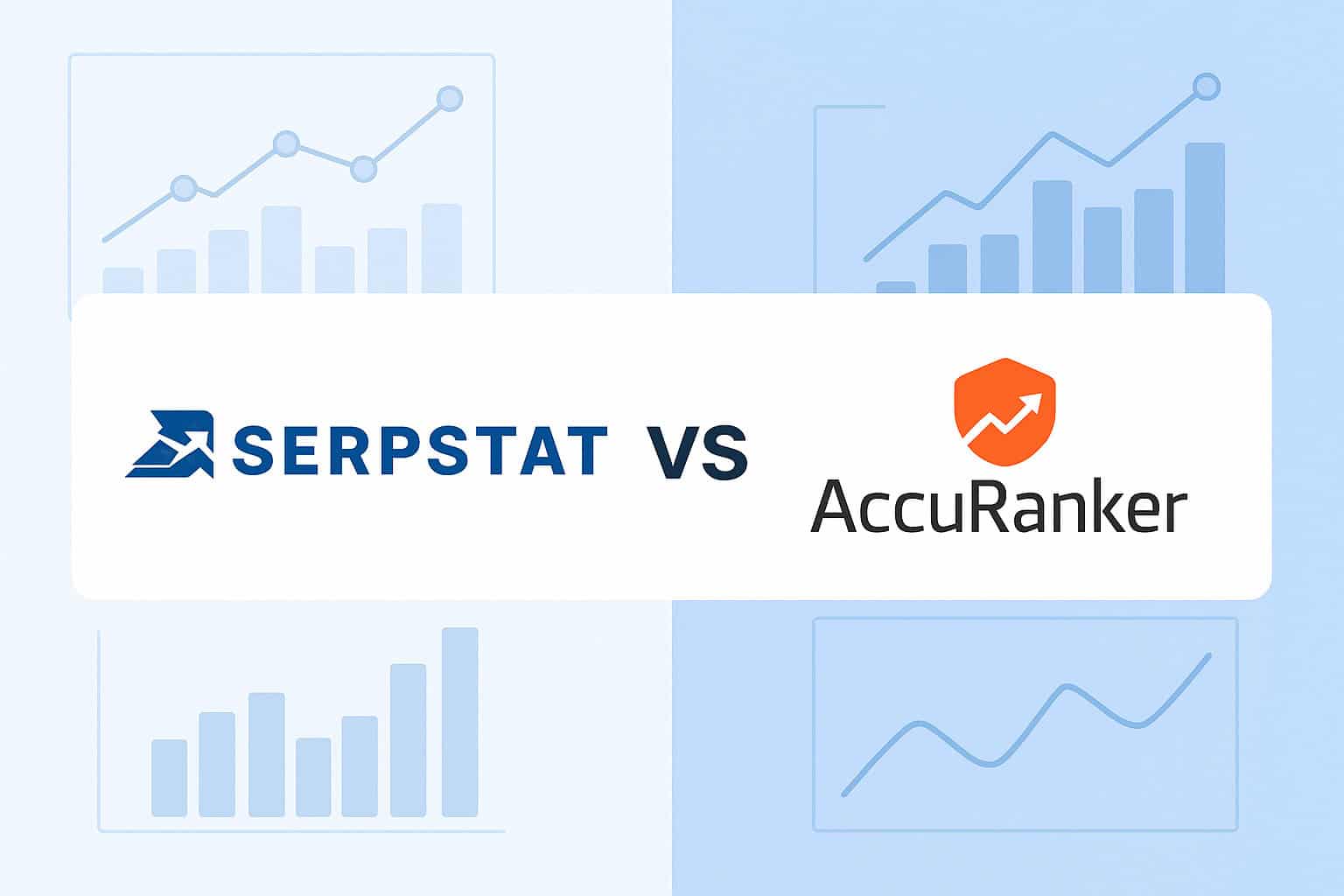




![Longtail Pro Moz or Majestic [Full Breakdown]](https://backlinkmanagement.io/wp-content/uploads/2025/11/ChatGPT-Image-Nov-14-2025-08_30_38-AM.png)

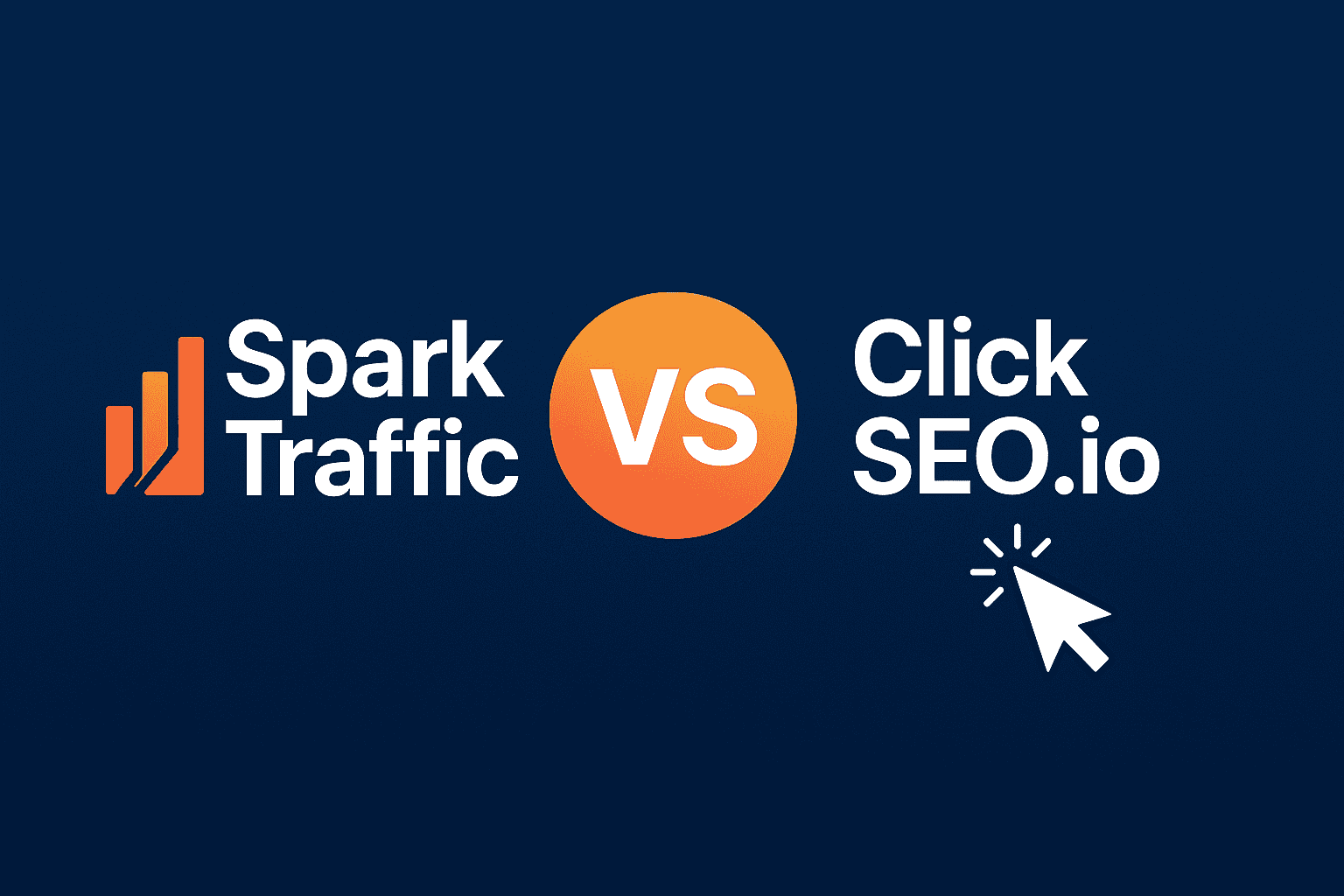
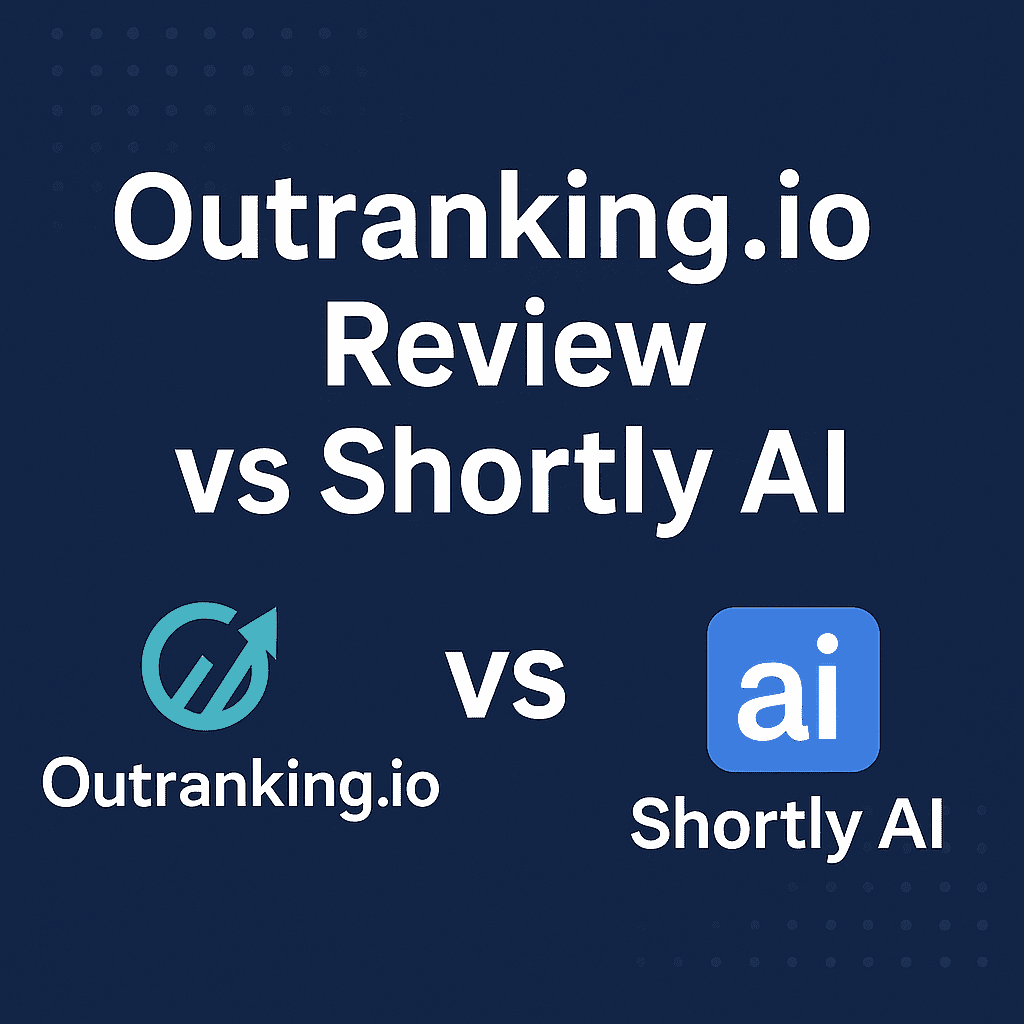
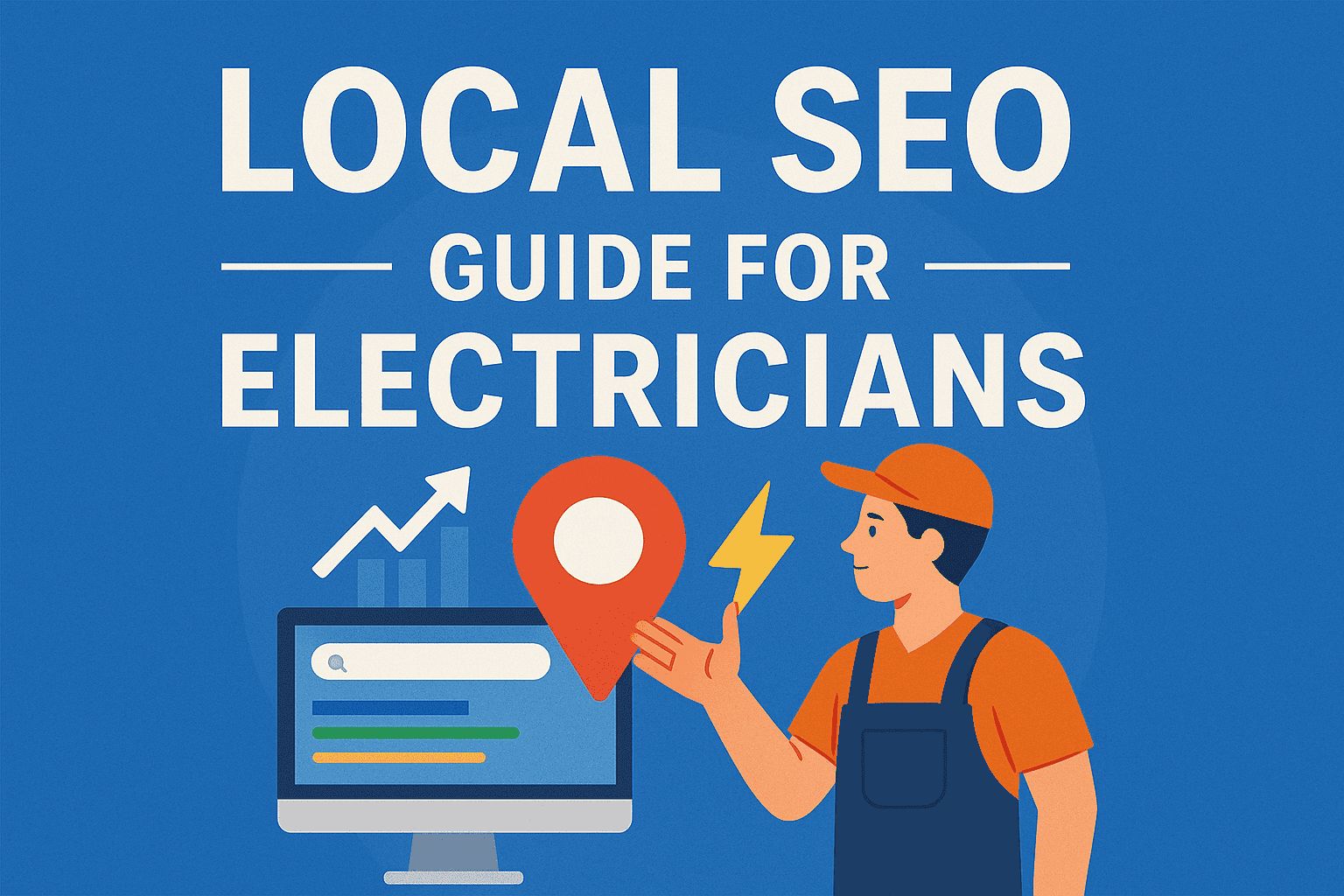
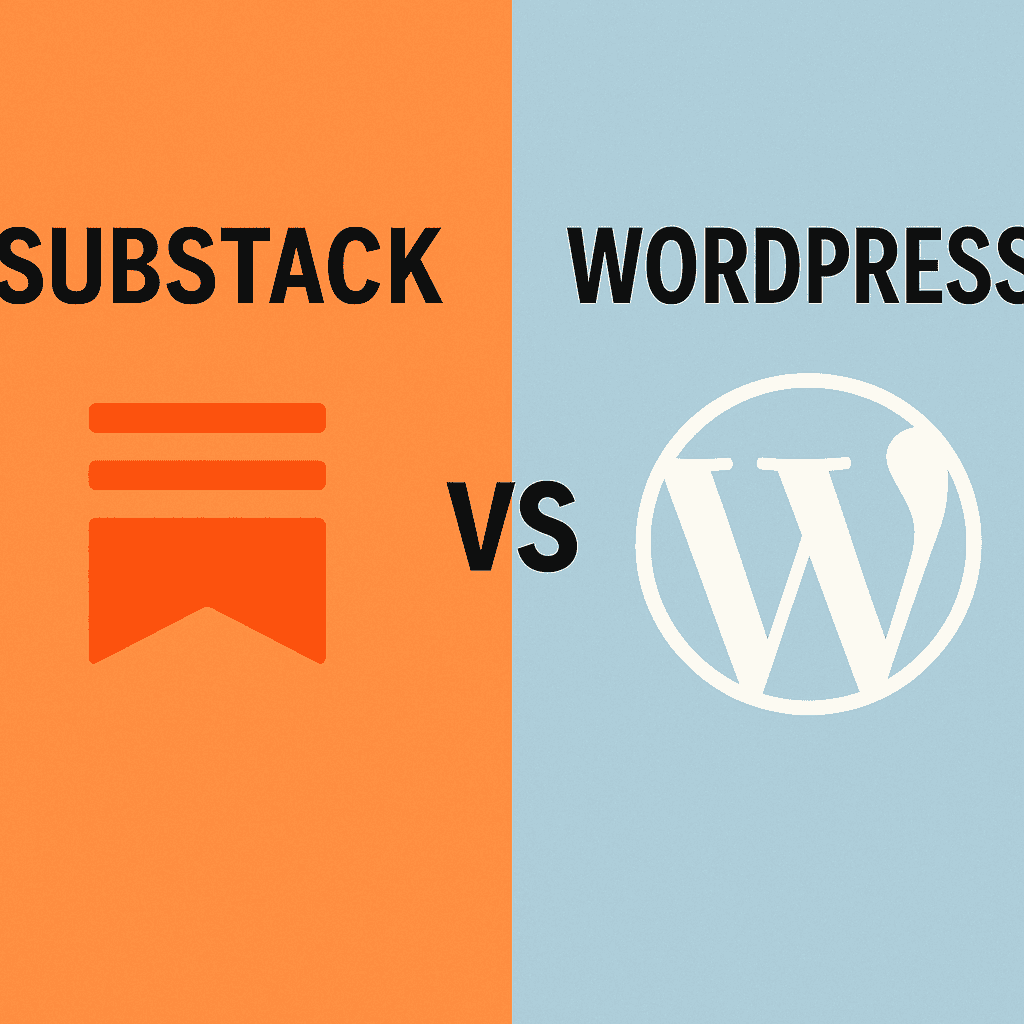

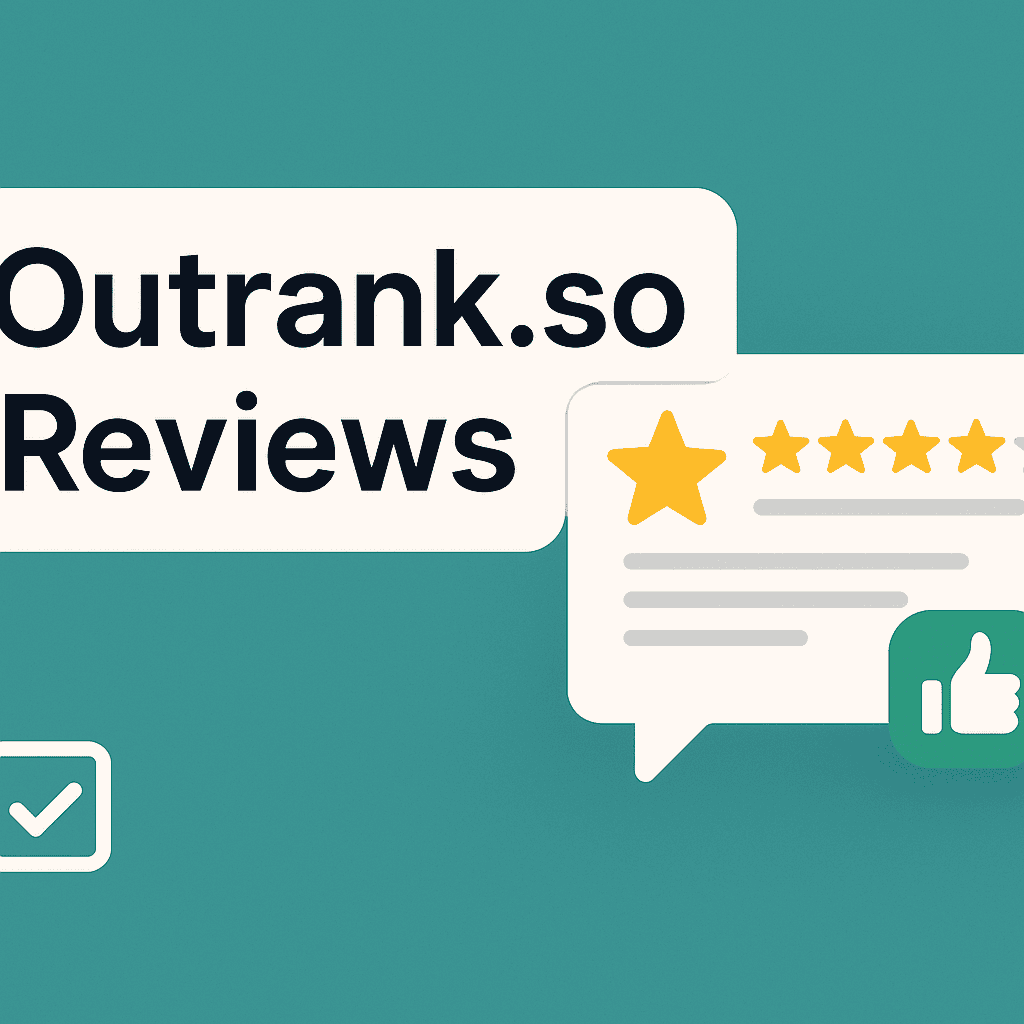




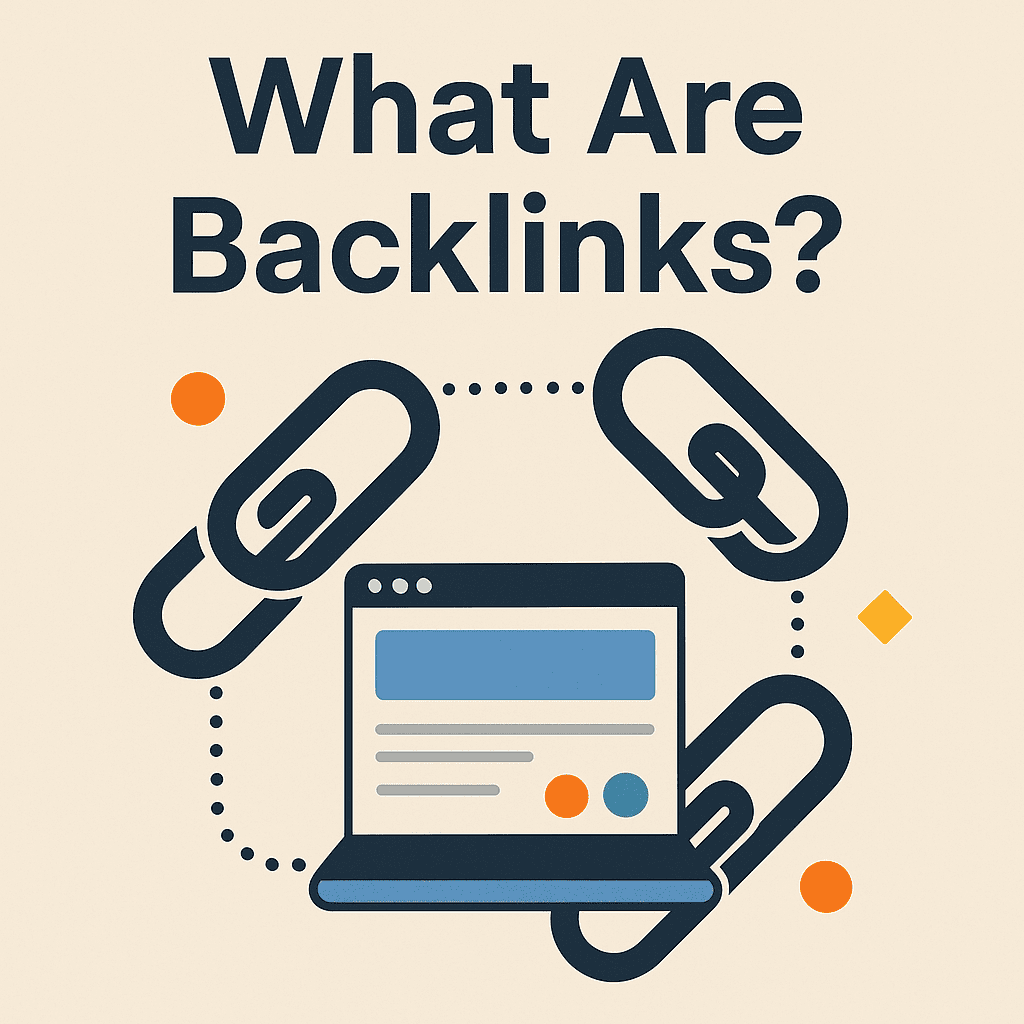


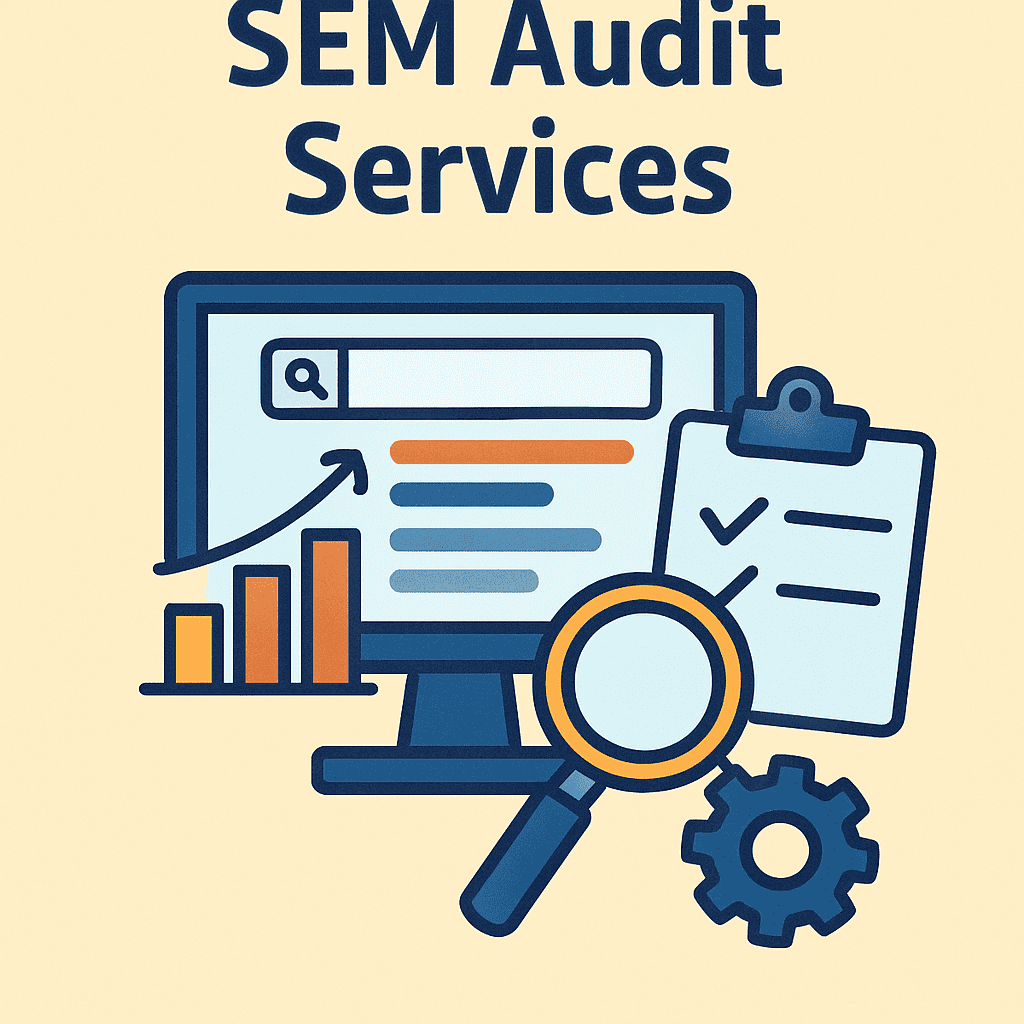









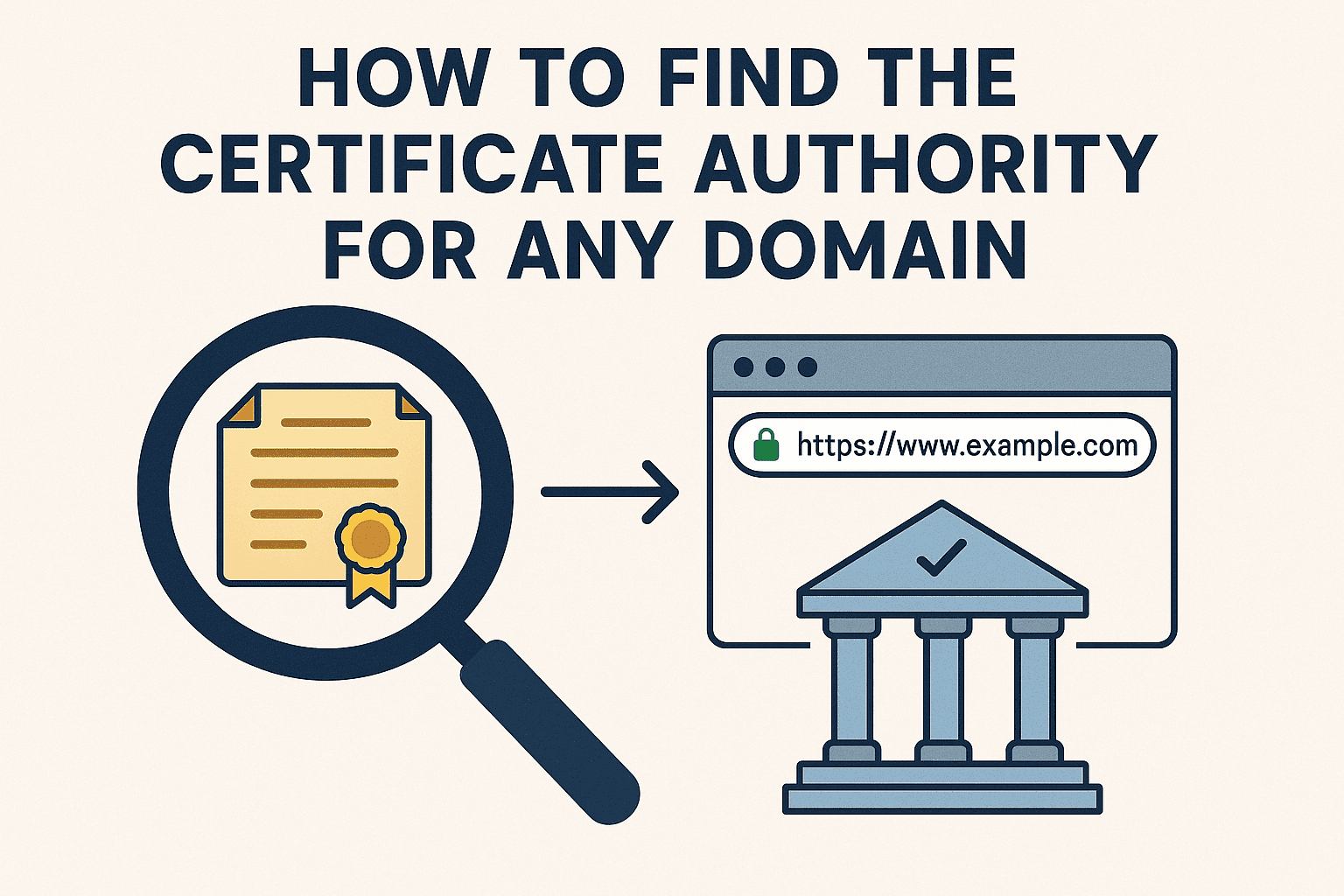


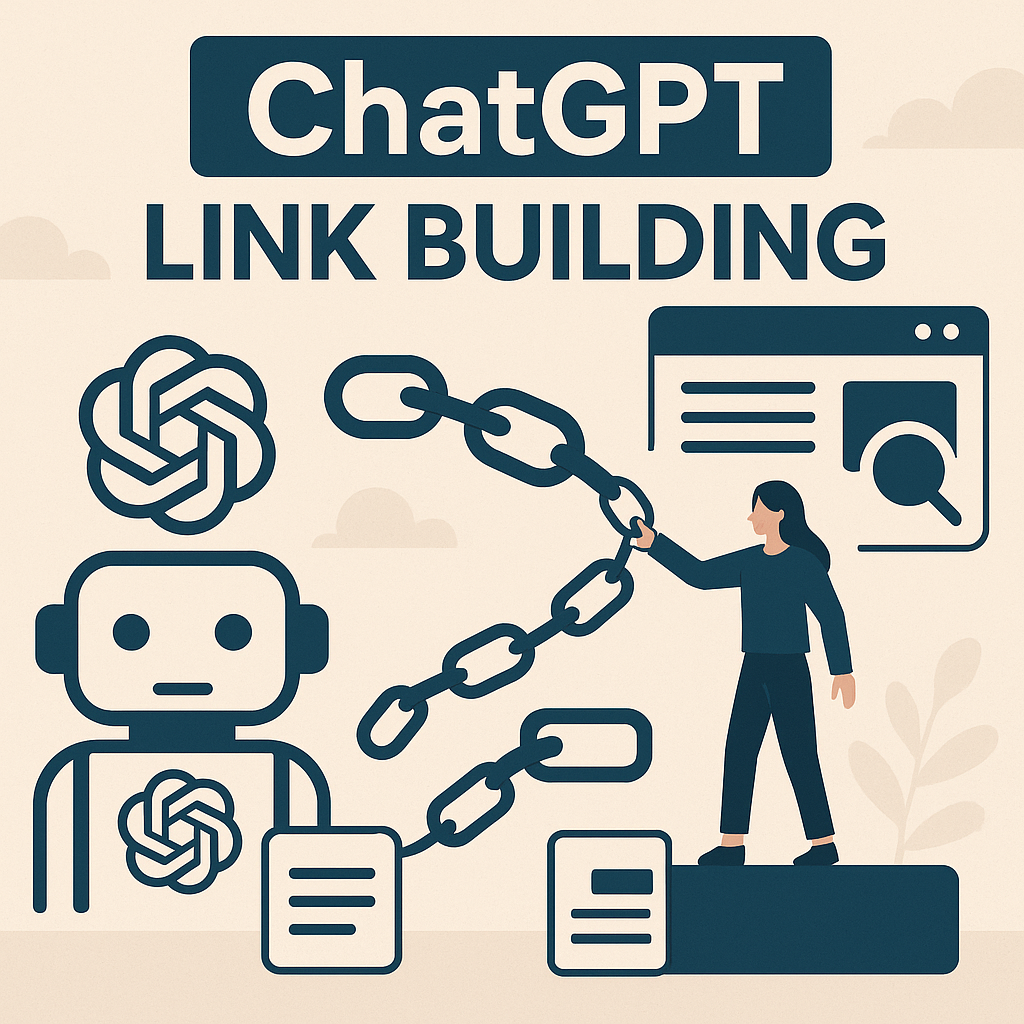
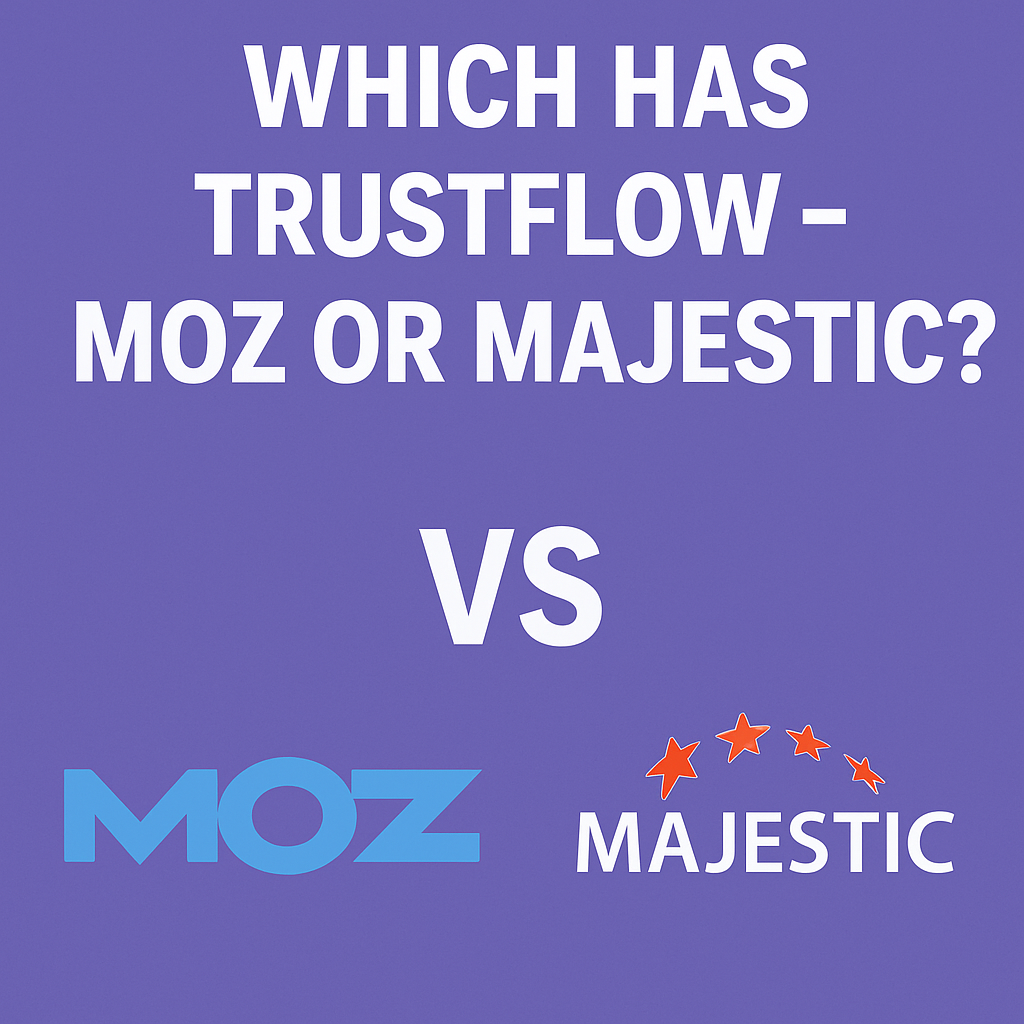


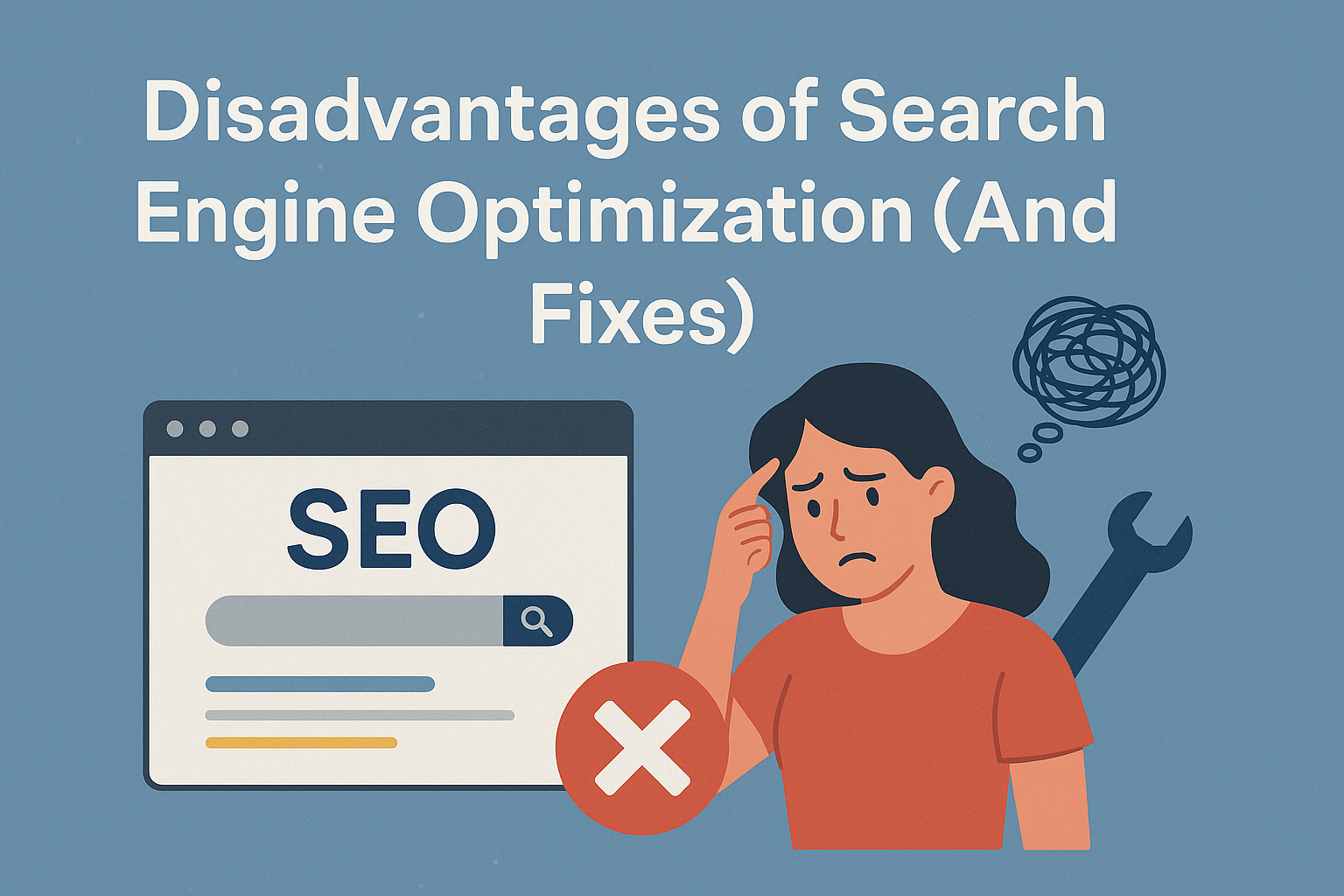

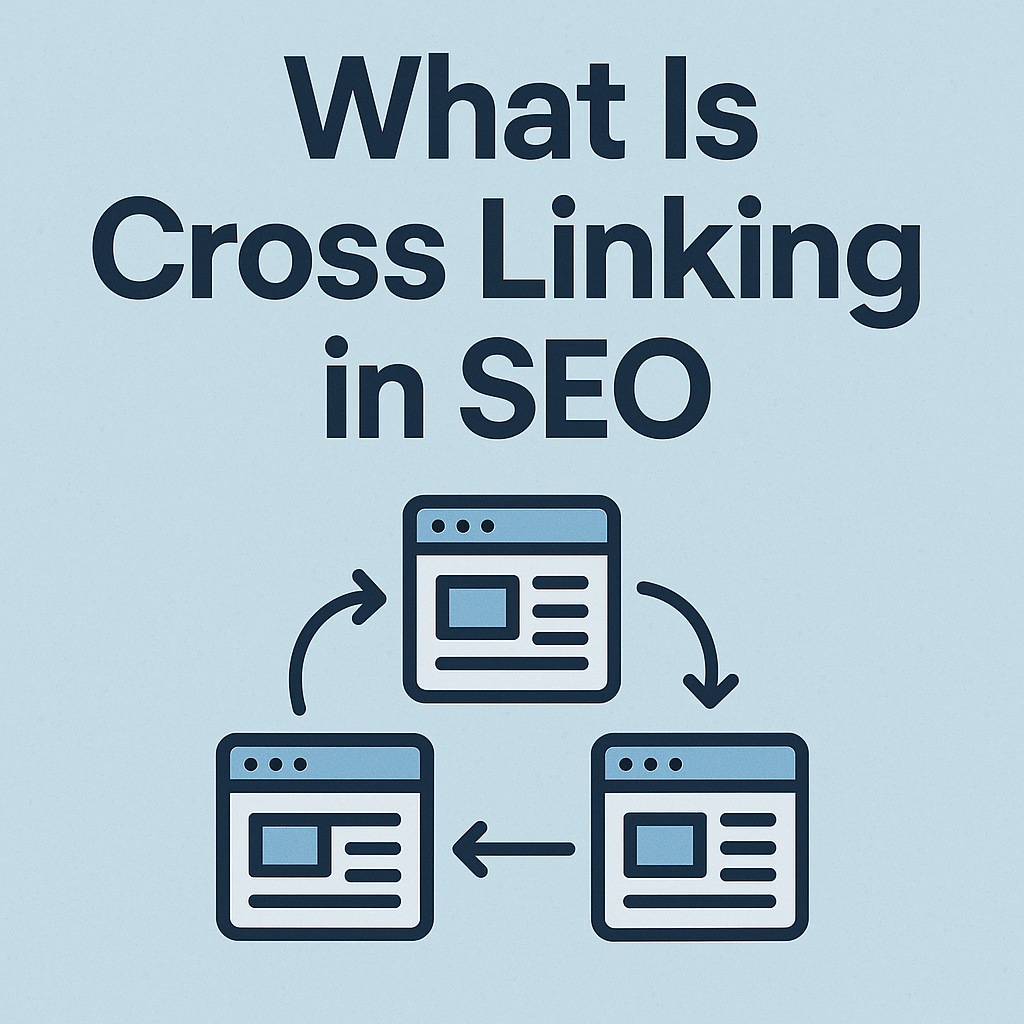


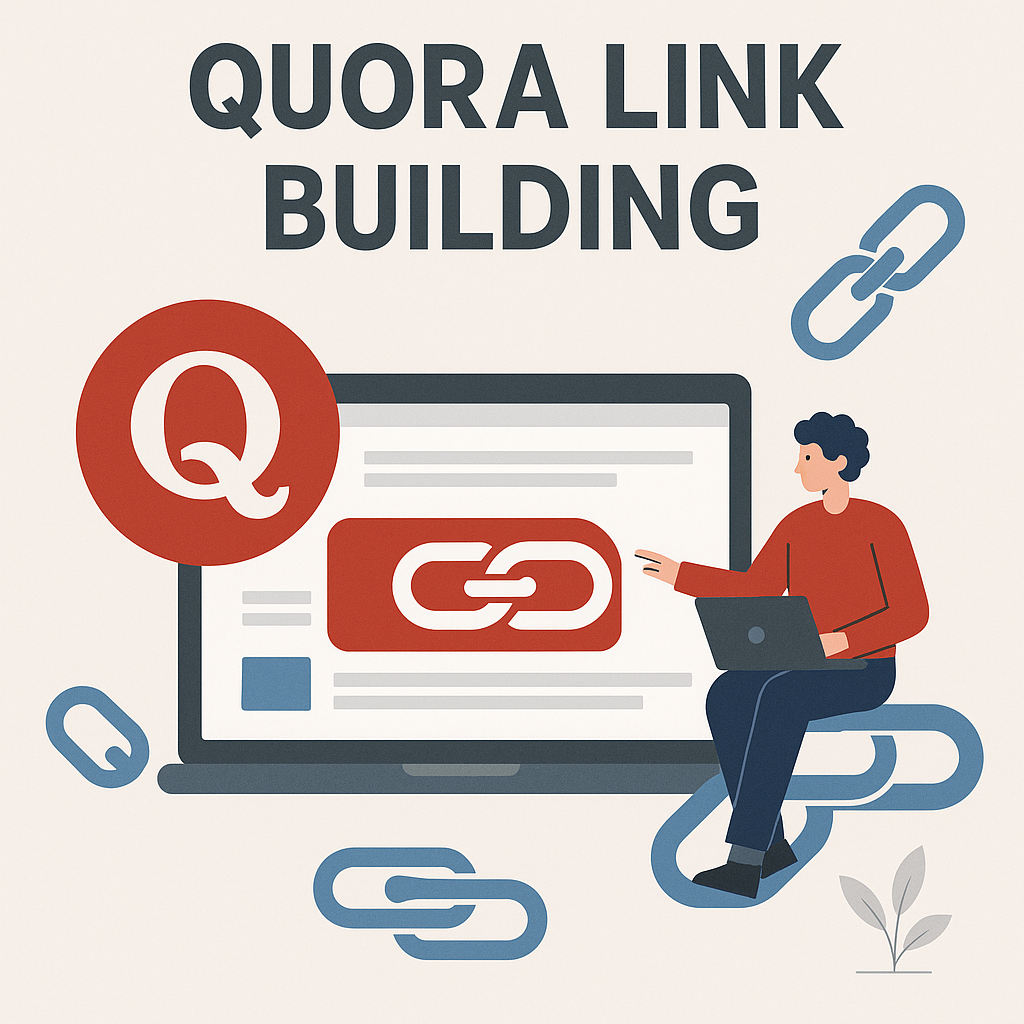
![How Many Outbound Links Per Blog [2025 Updated]](https://backlinkmanagement.io/wp-content/uploads/2025/06/How-Many-Outbound-Links-Per-Blog.png)
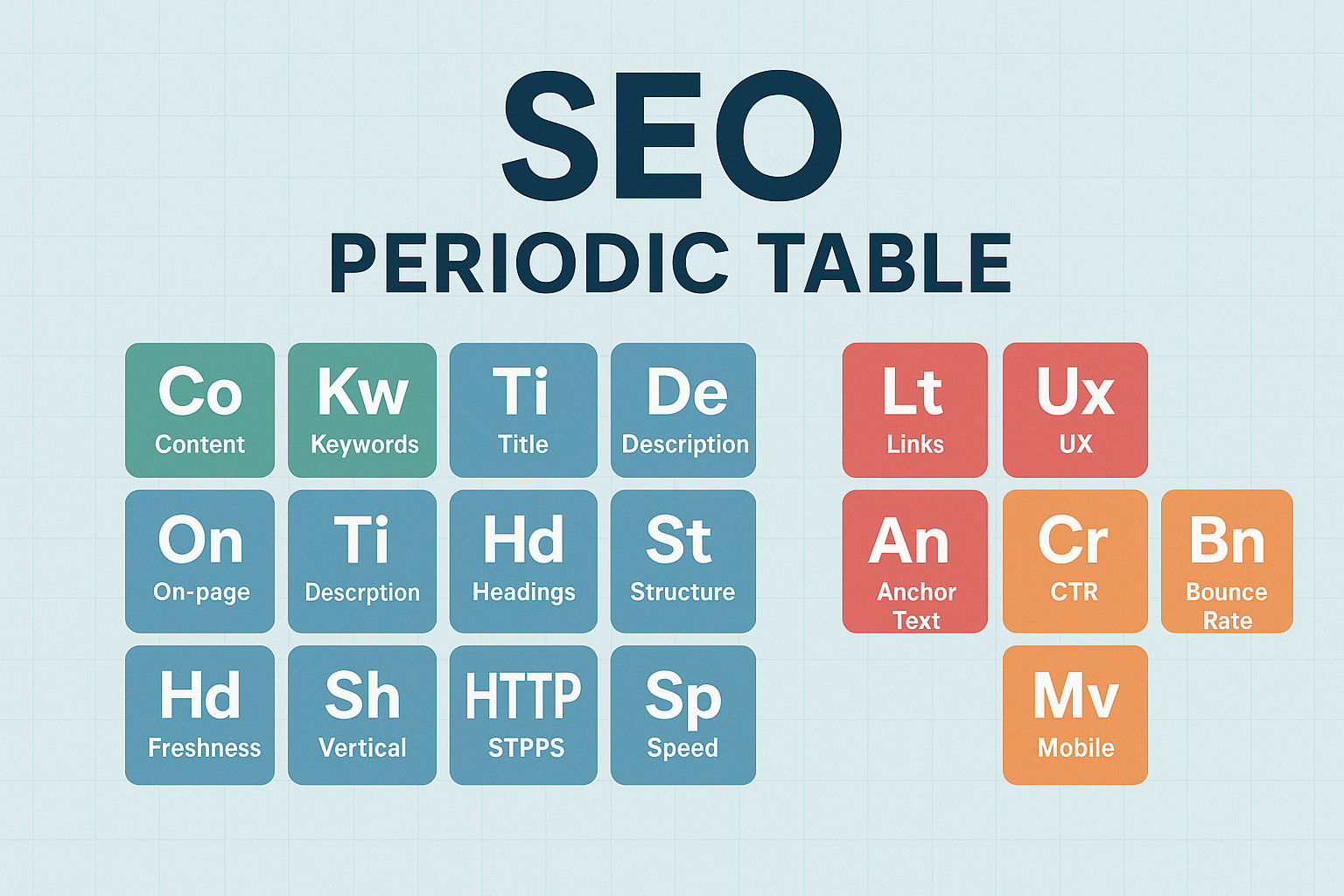



![B2B and B2C Website Examples [2025 Updated]](https://backlinkmanagement.io/wp-content/uploads/2025/05/B2B-and-B2C-Website-Example-.png)
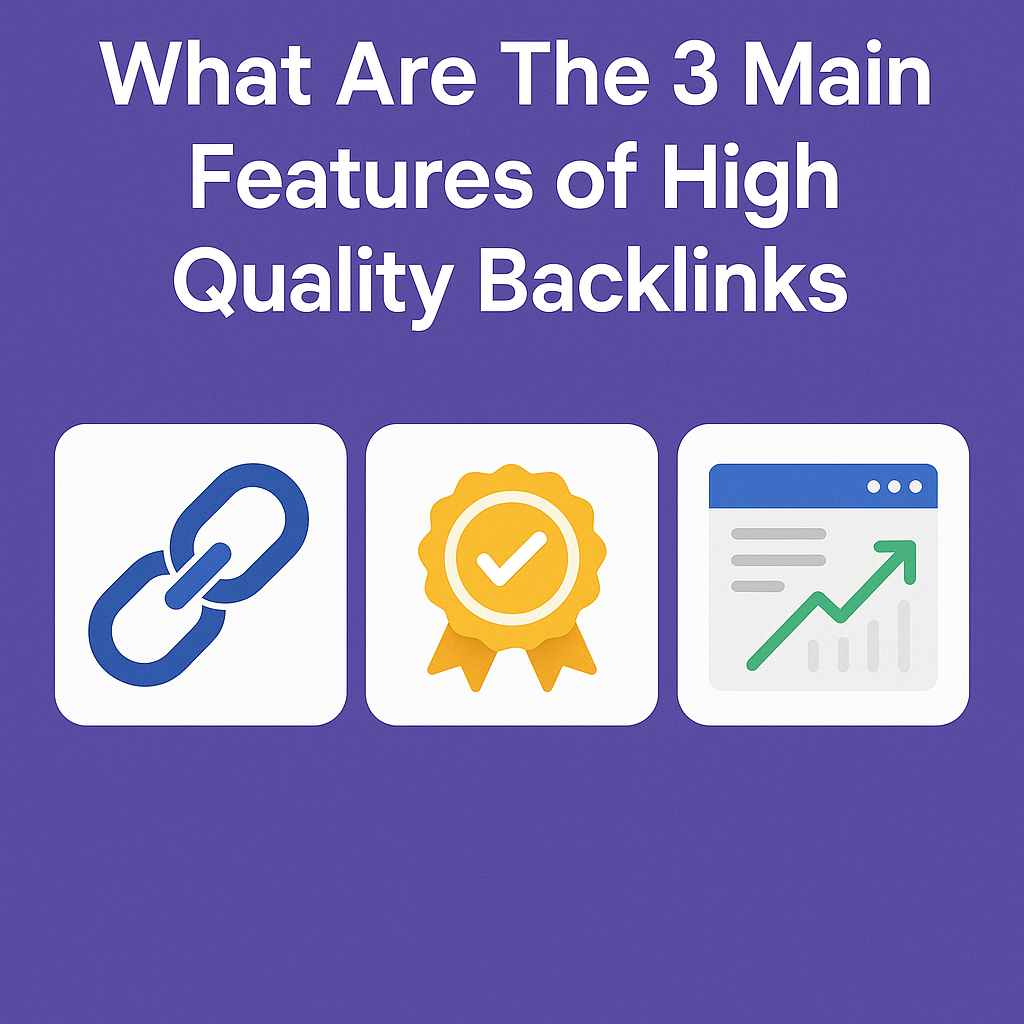

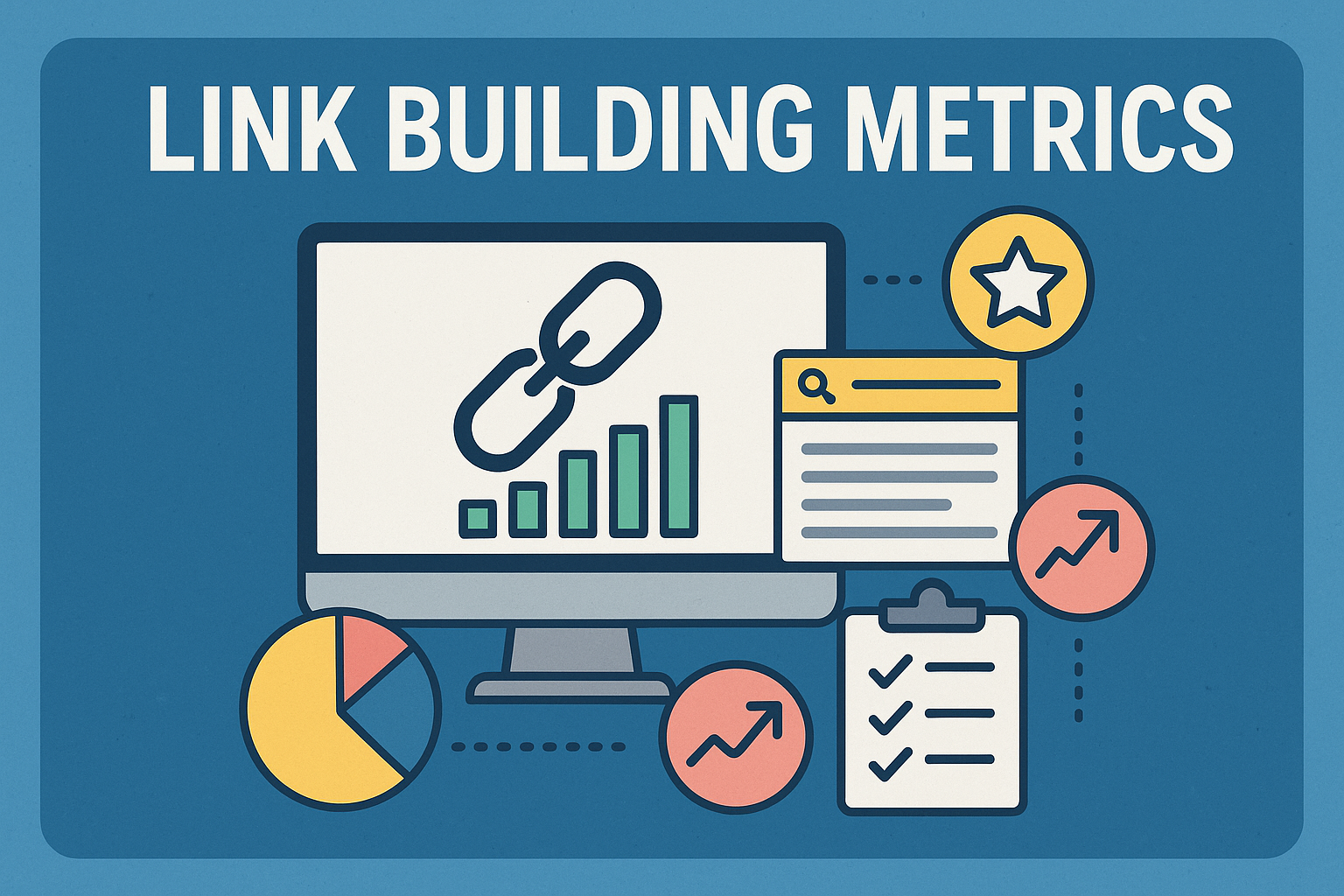
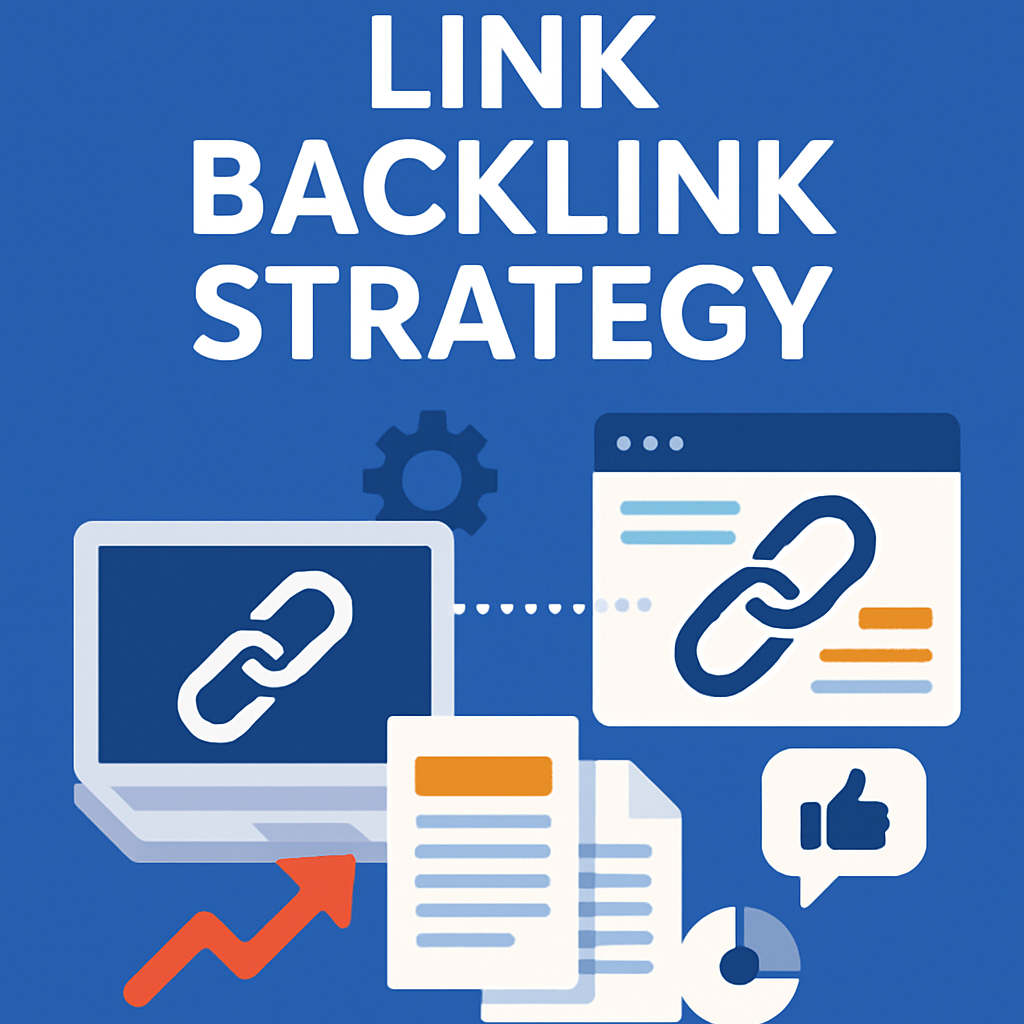


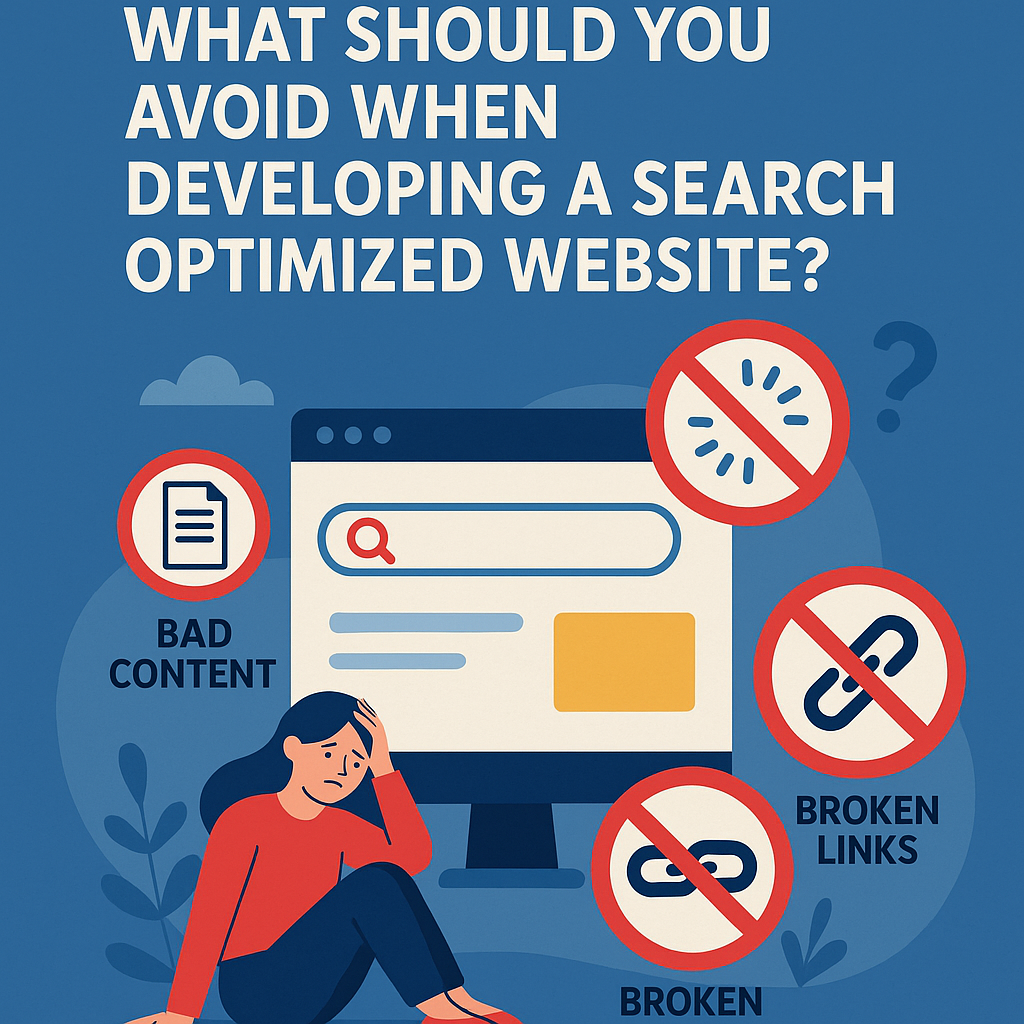
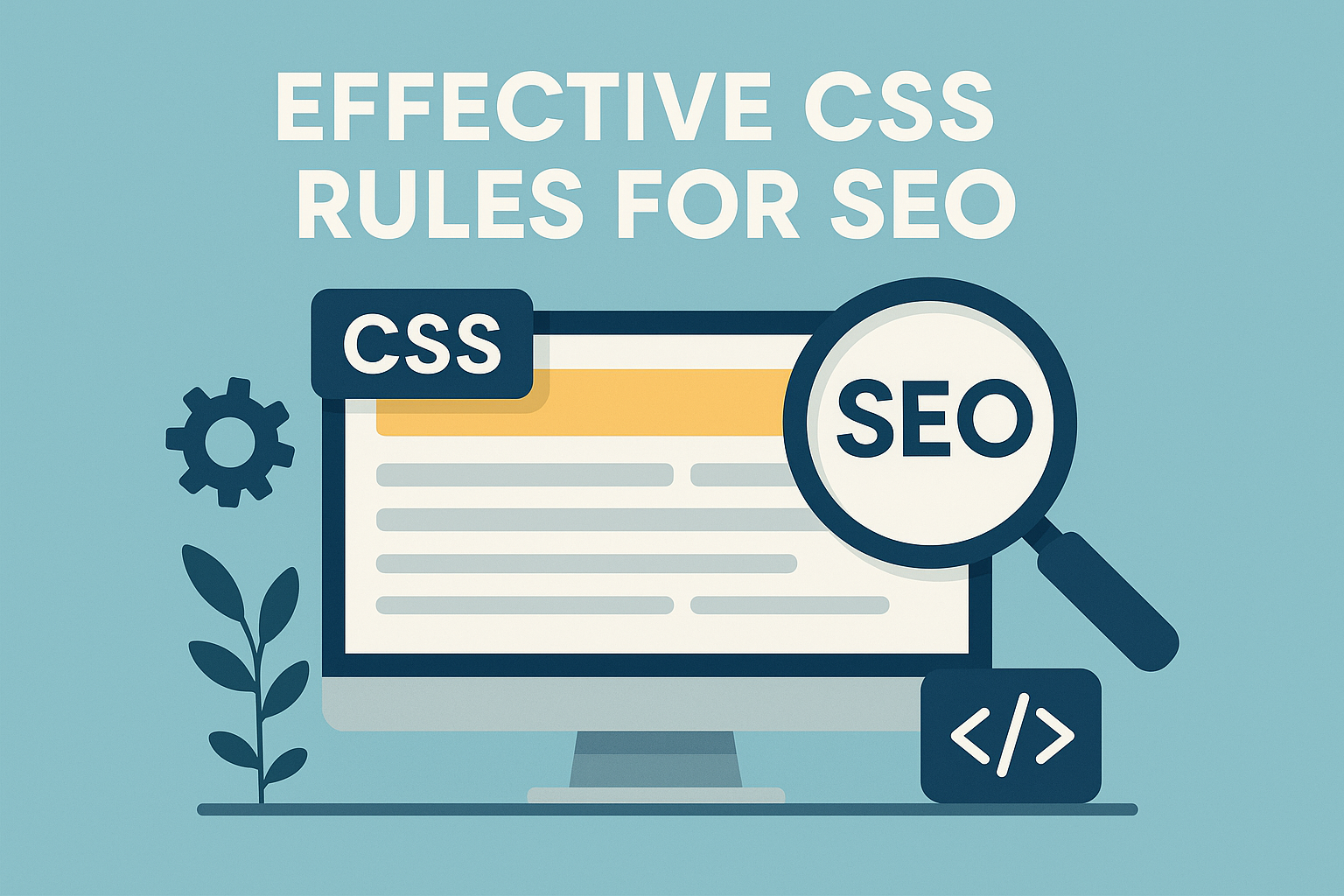

![What To Do After Keyword Research [2025 Guide]](https://backlinkmanagement.io/wp-content/uploads/2025/05/What-To-Do-After-Keyword-Research.png)
![Is Page Speed Really A Ranking Factor? [2025]](https://backlinkmanagement.io/wp-content/uploads/2025/05/Is-Page-Speed-Really-A-Ranking-Factor.png)
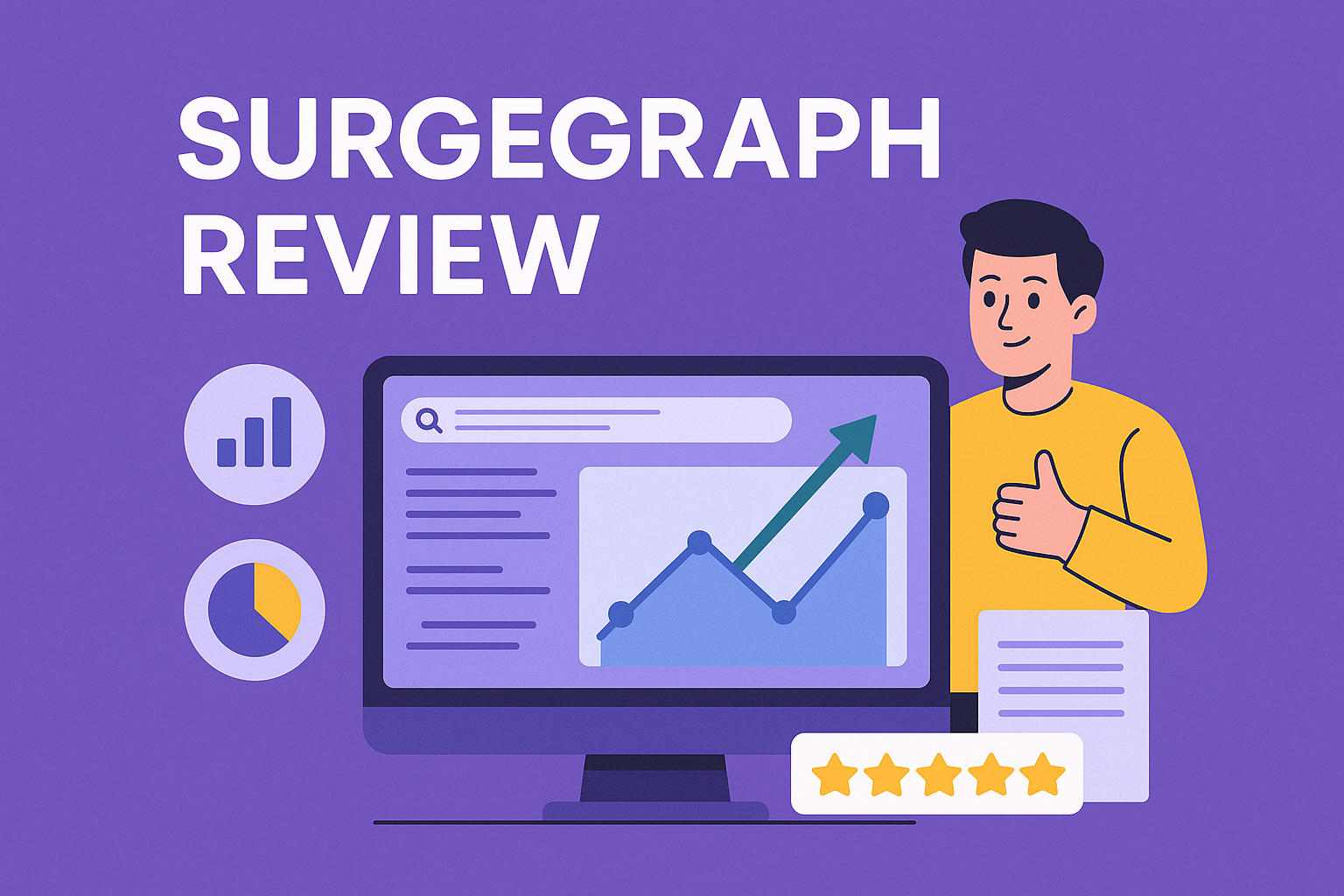
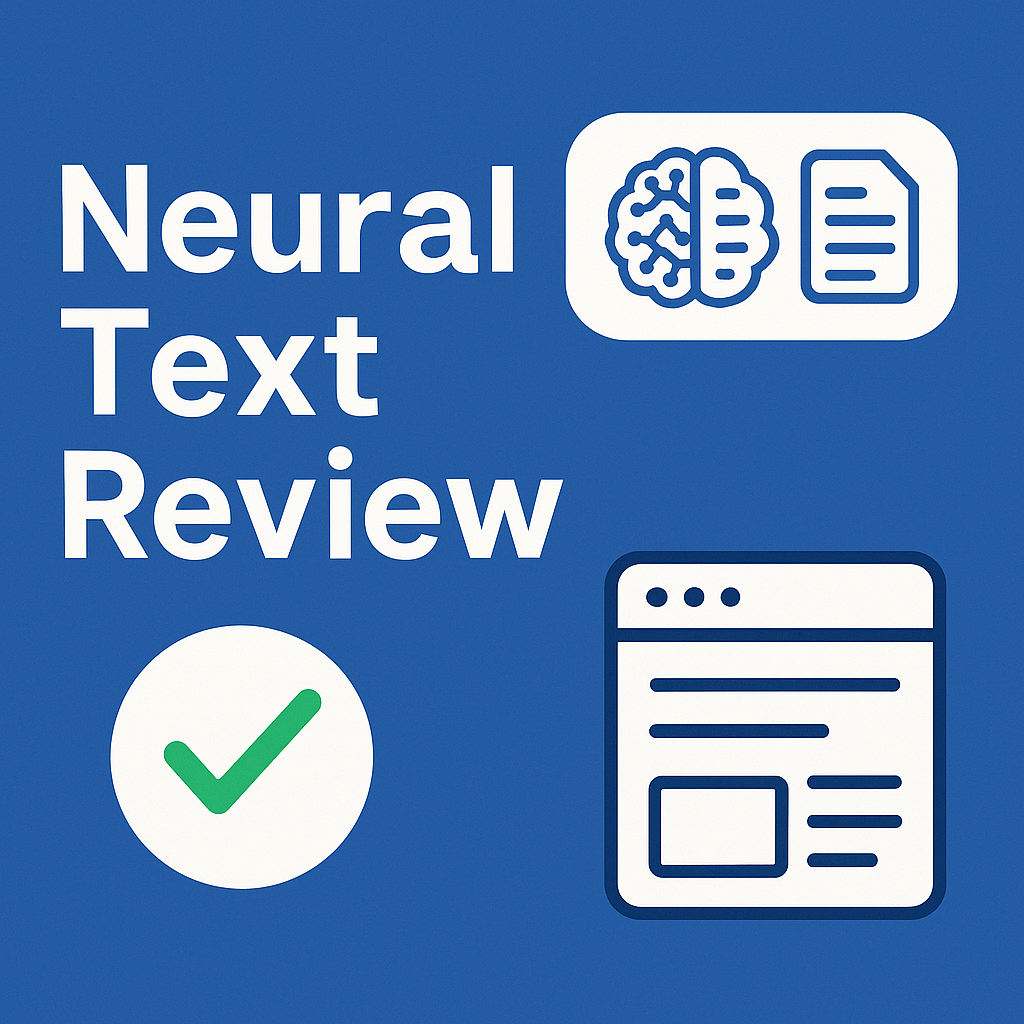




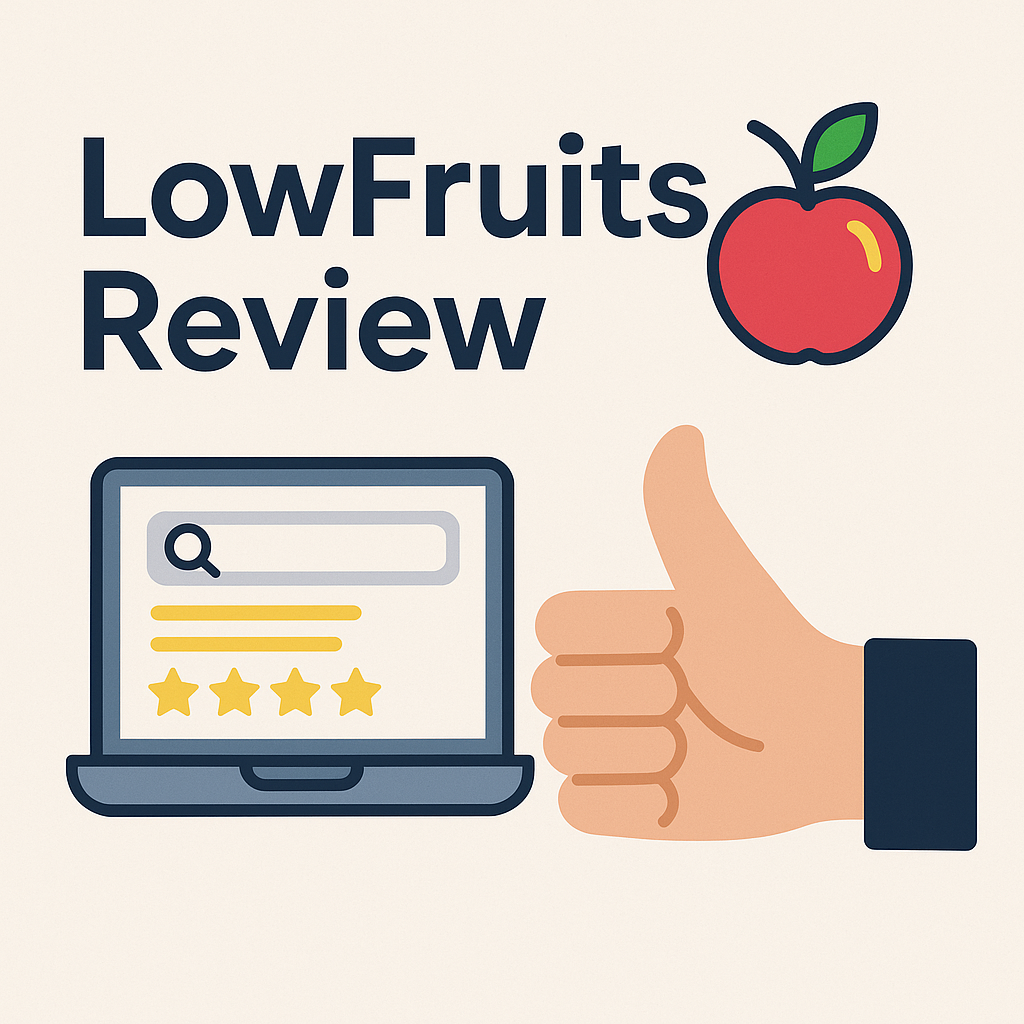

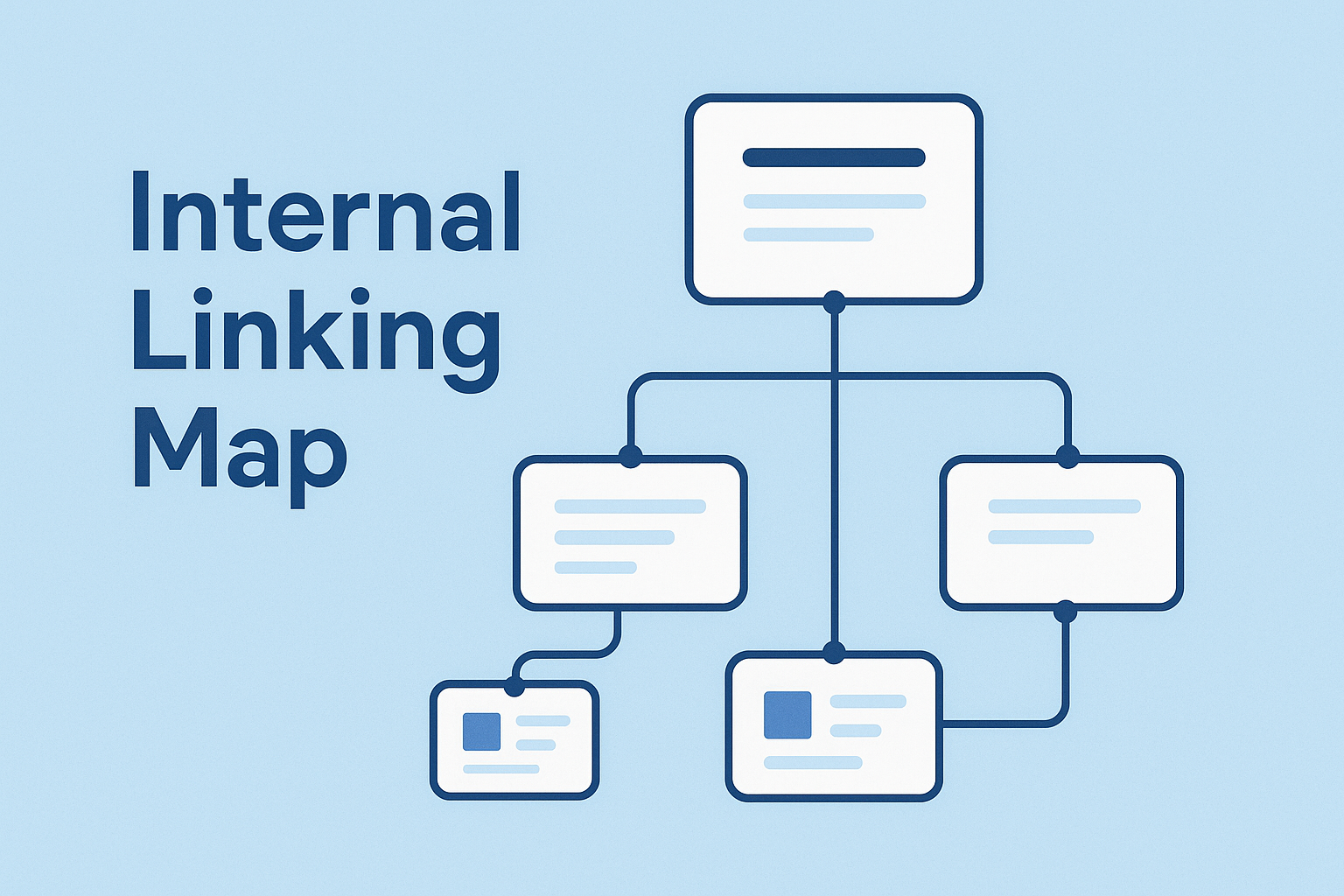

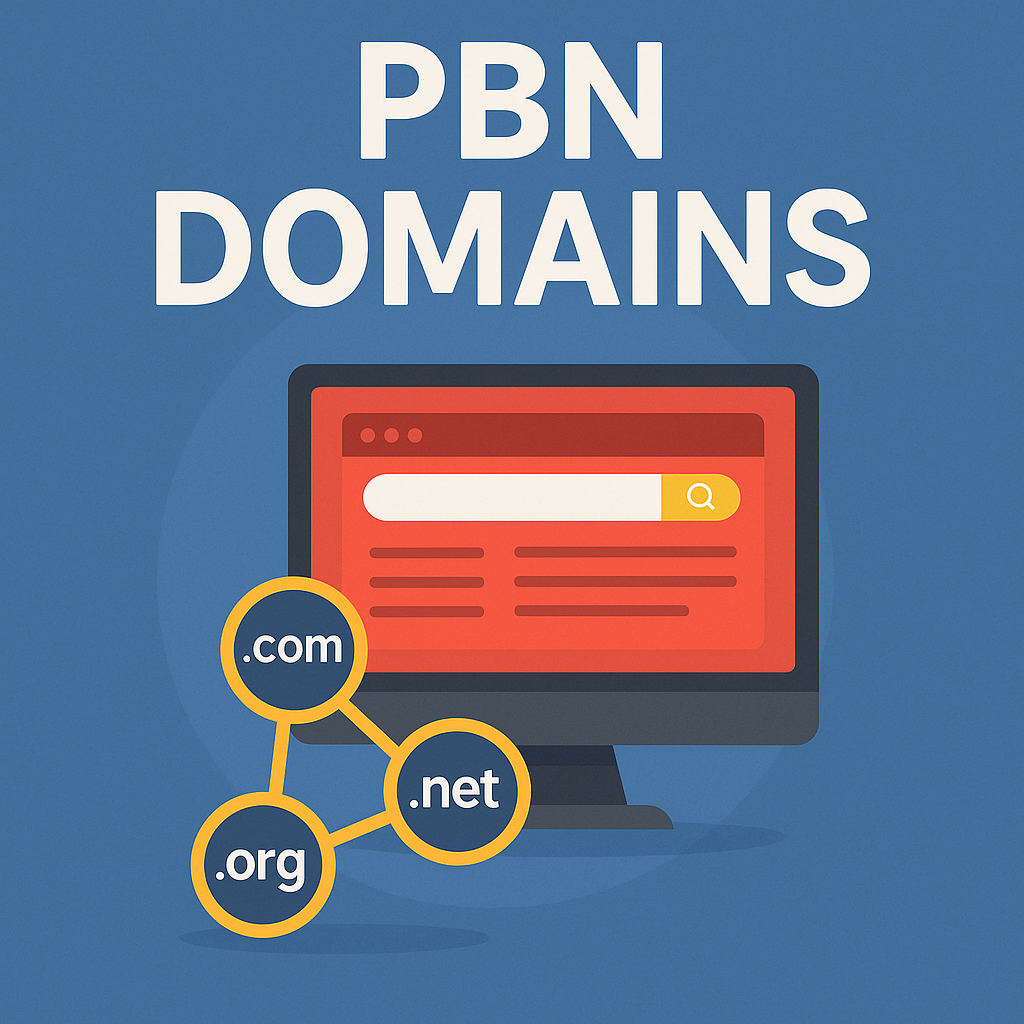
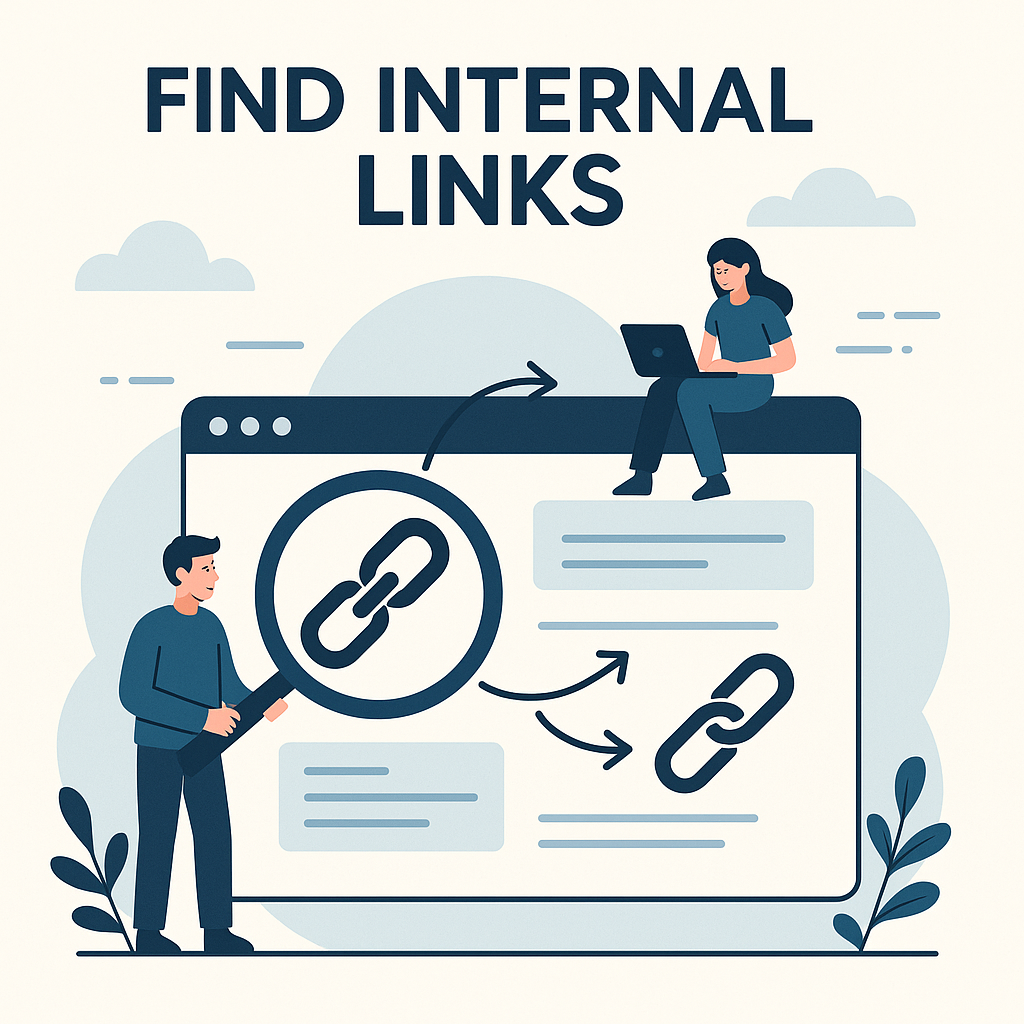
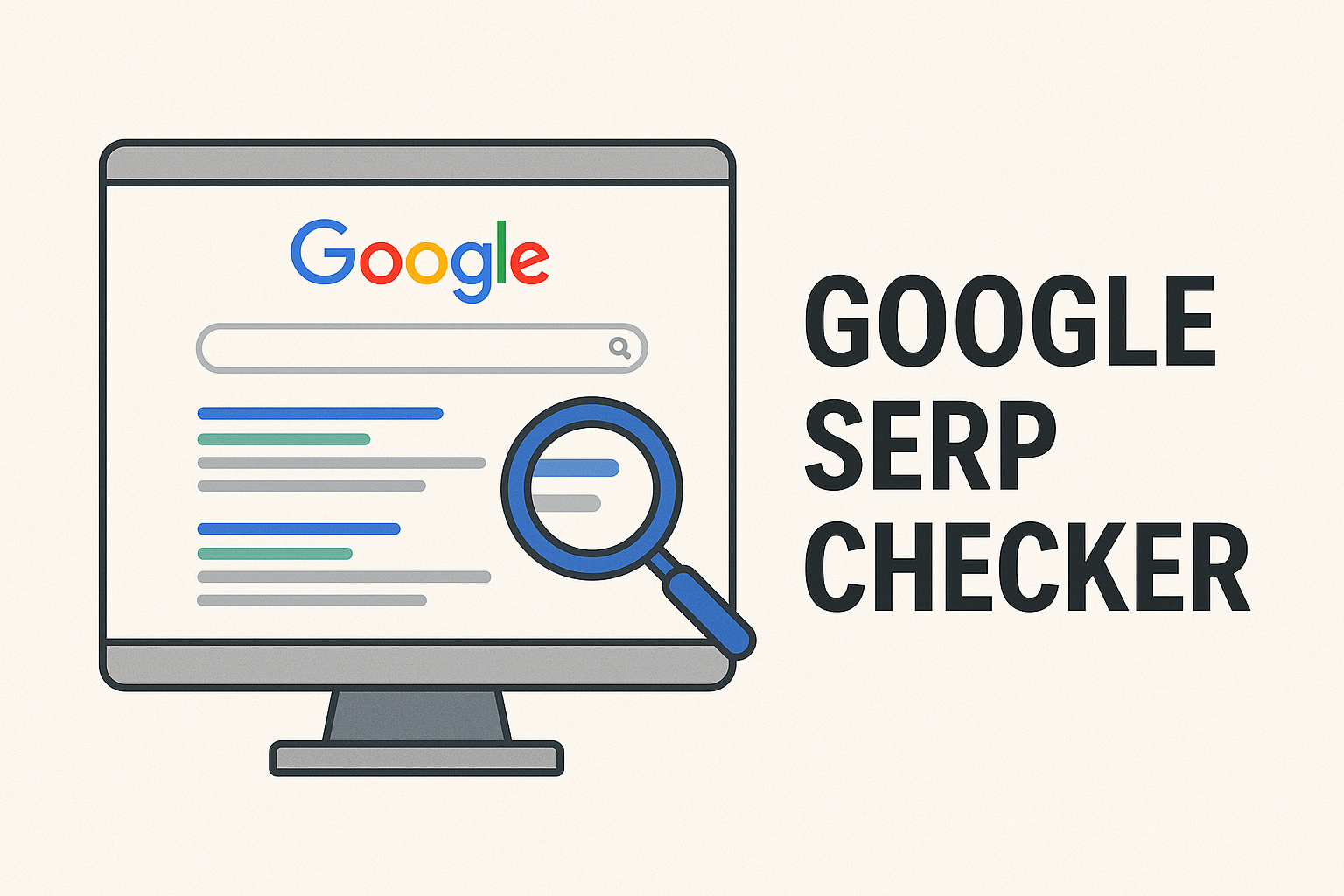
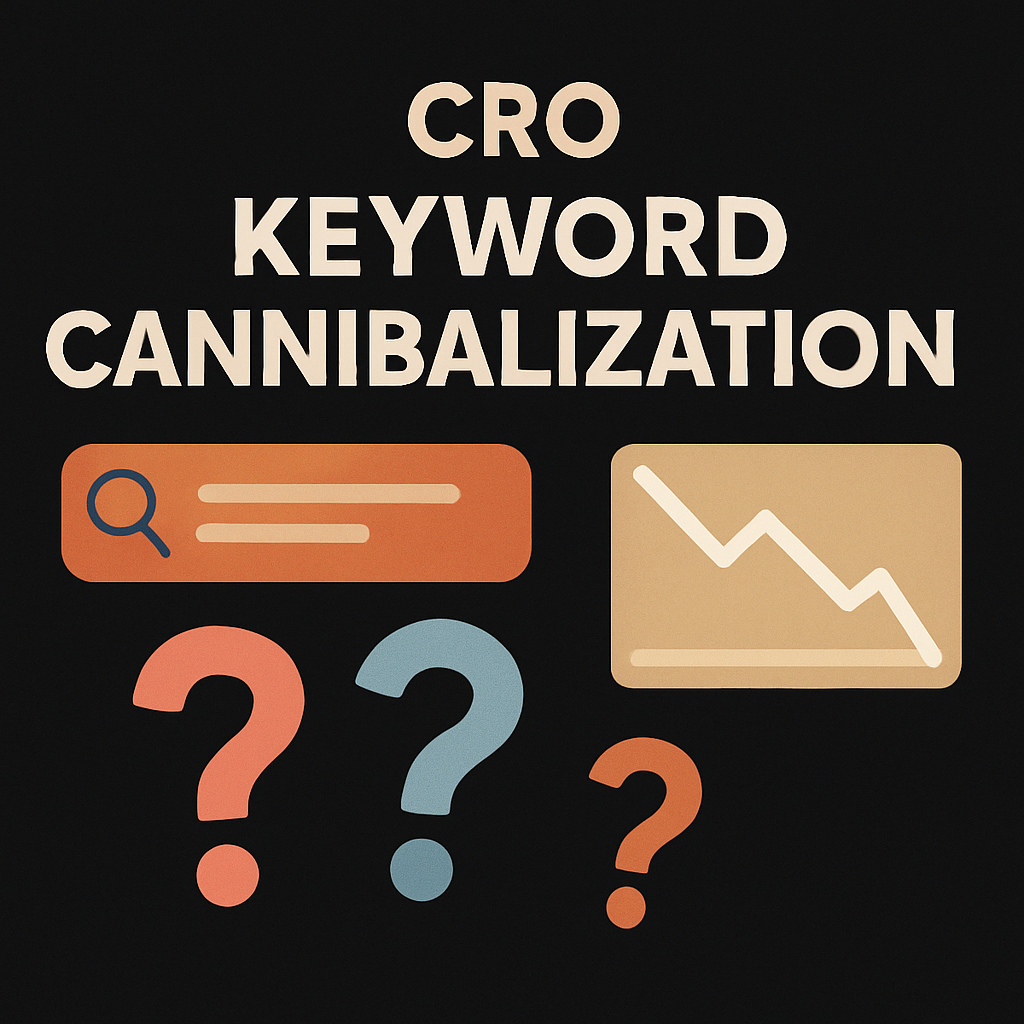


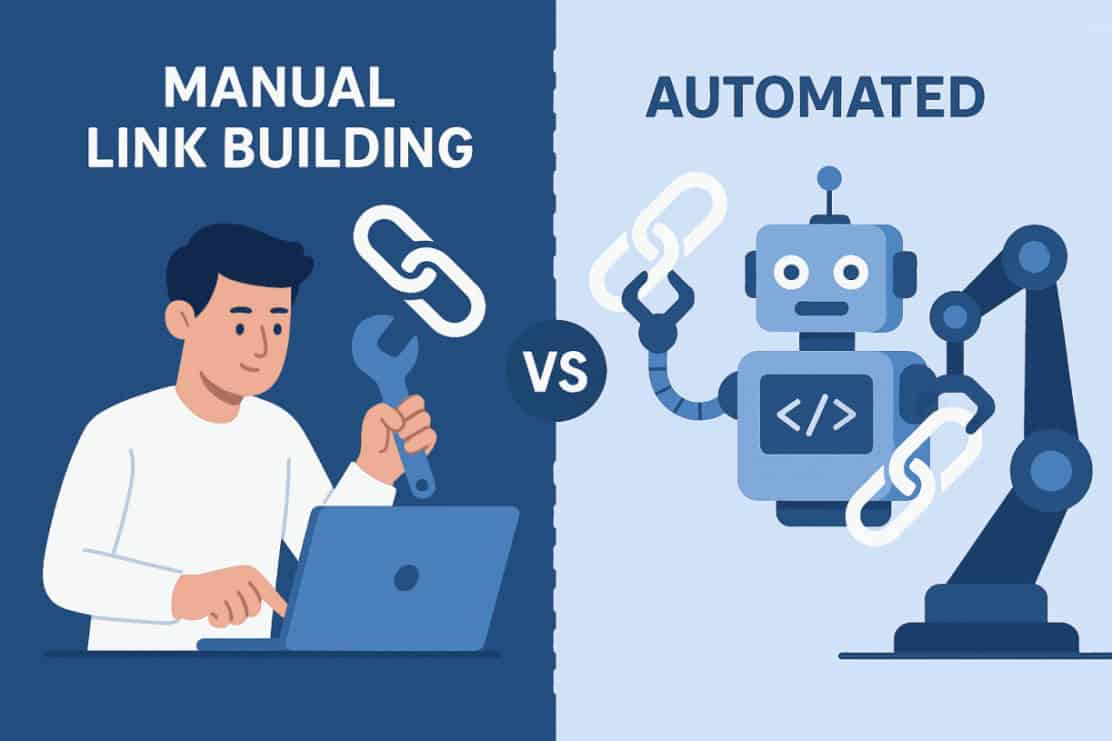

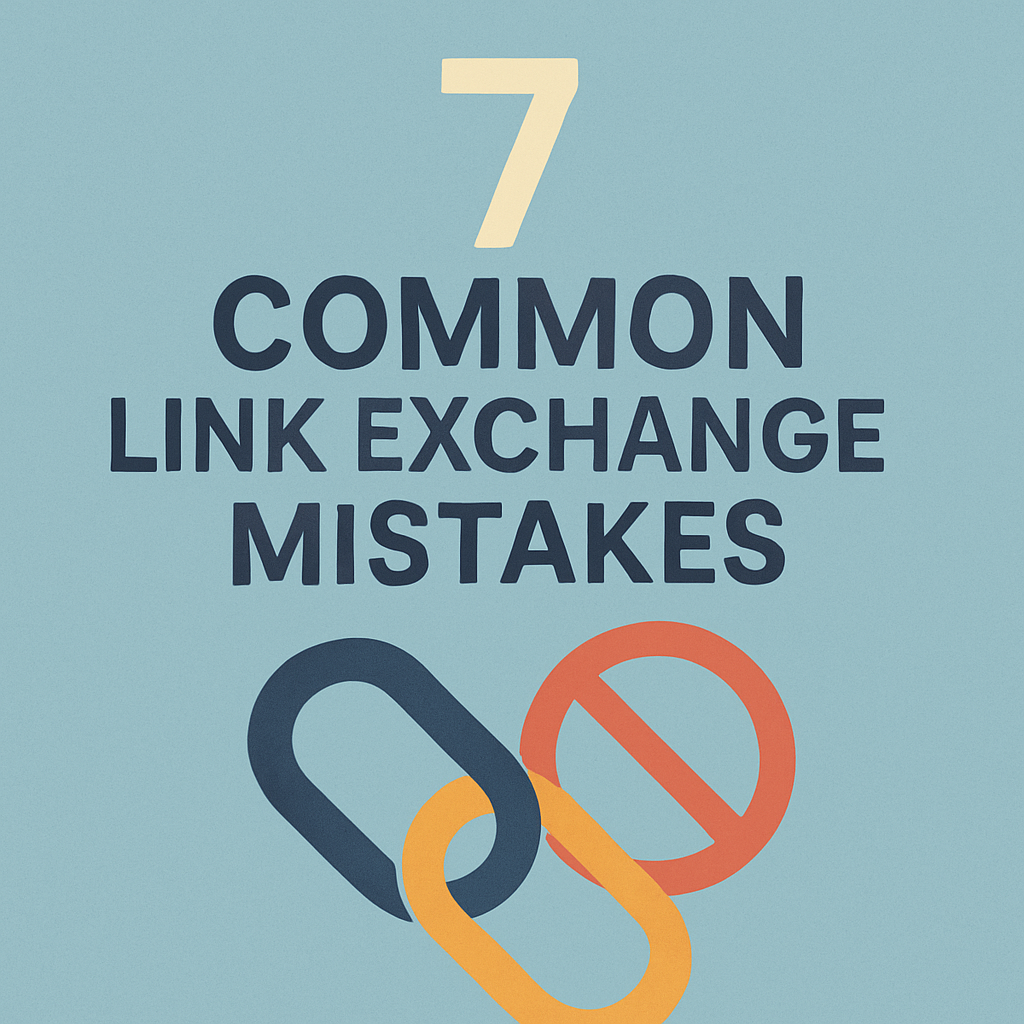

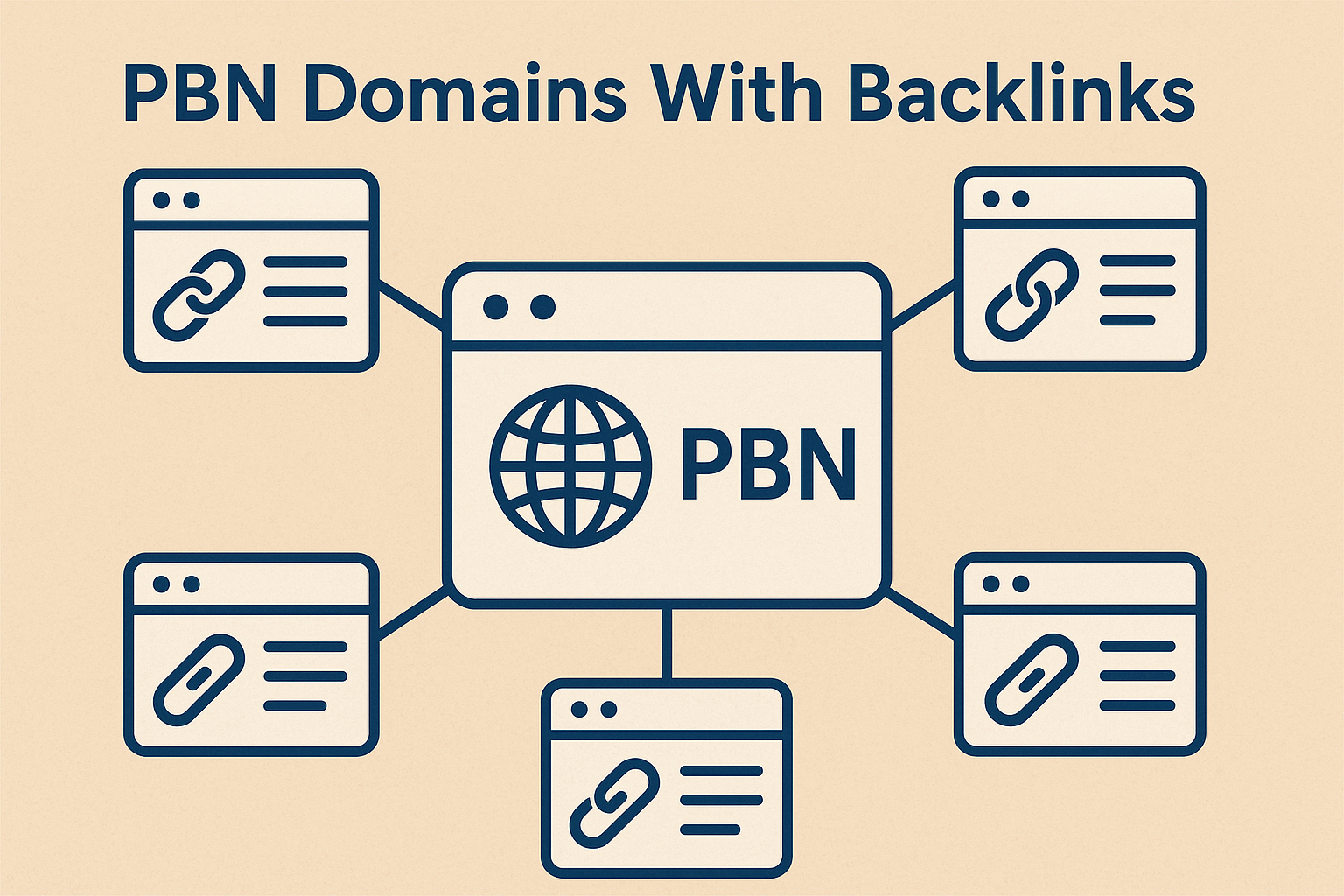
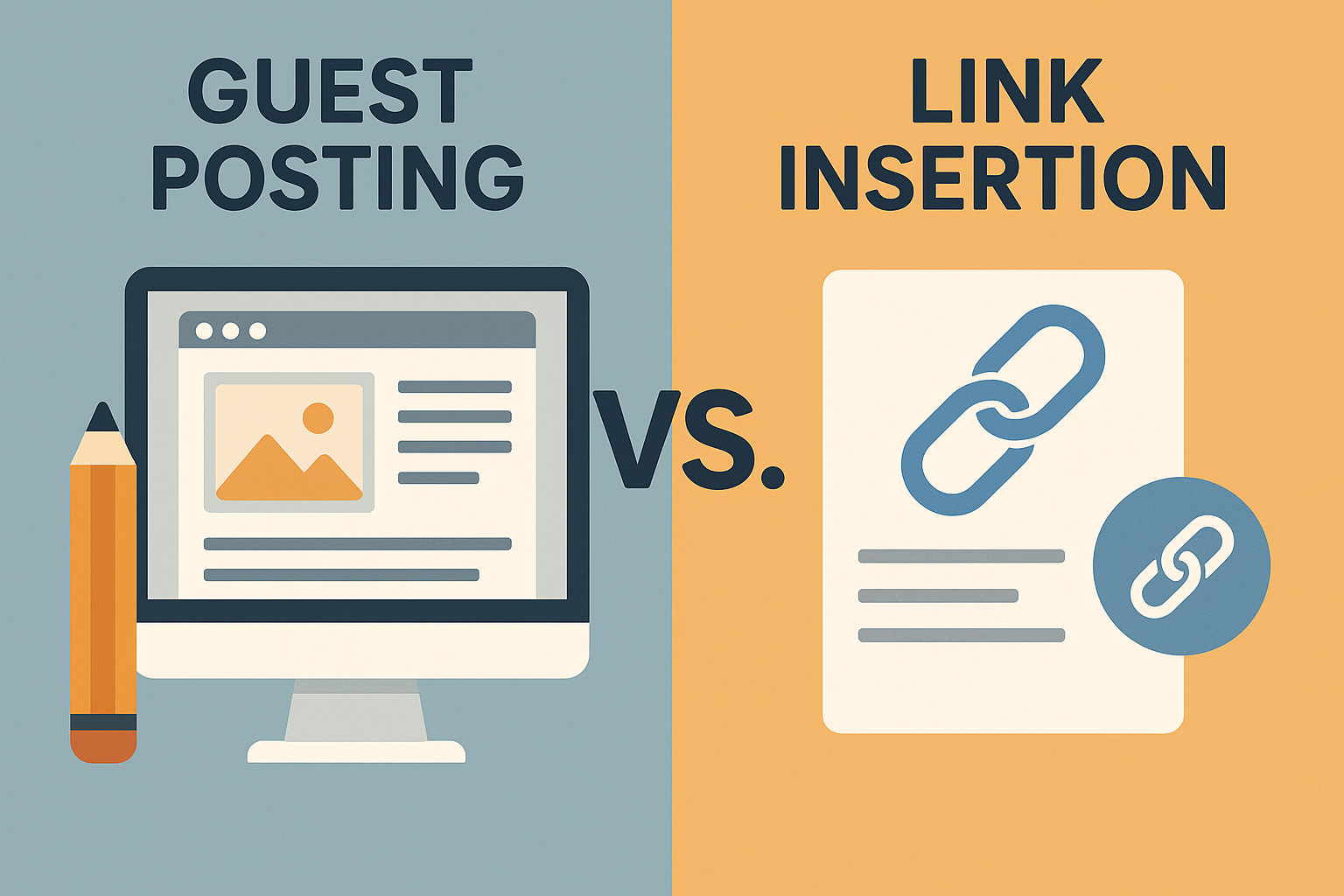



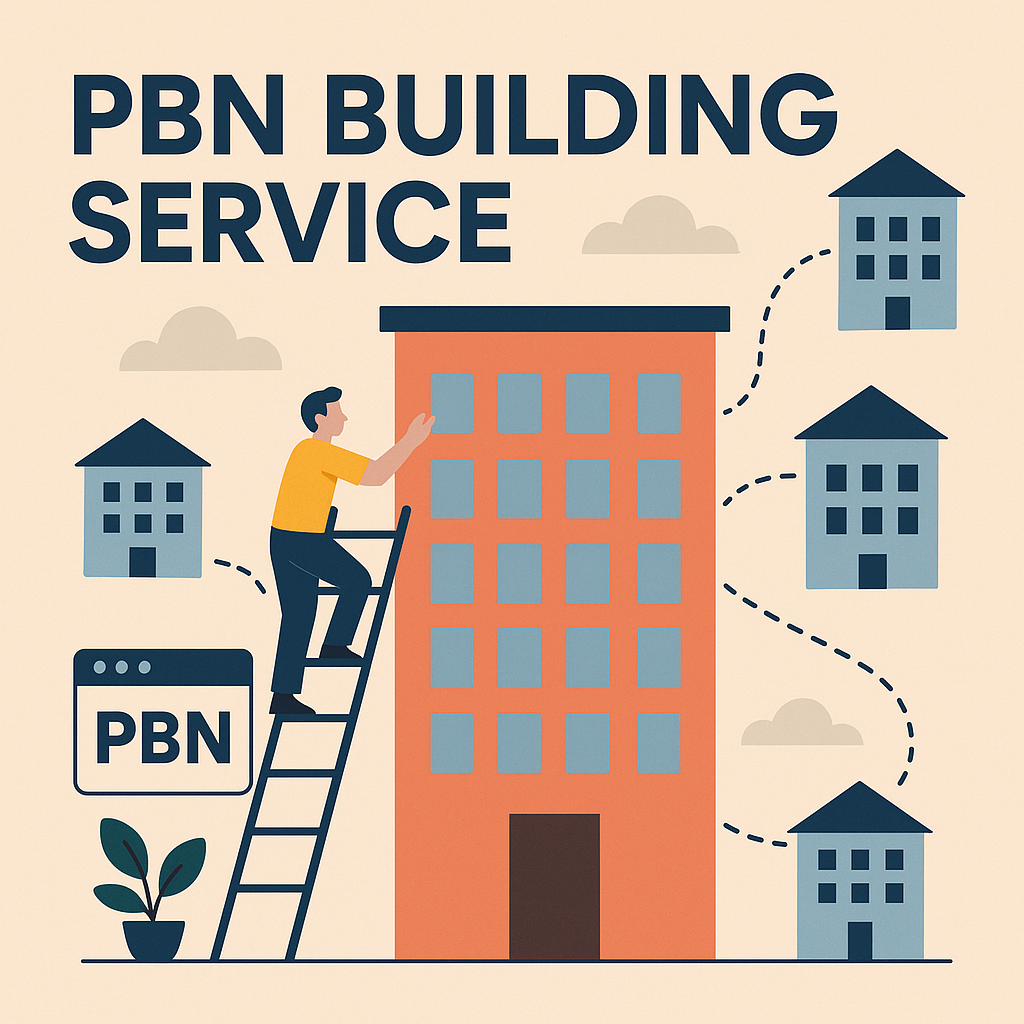

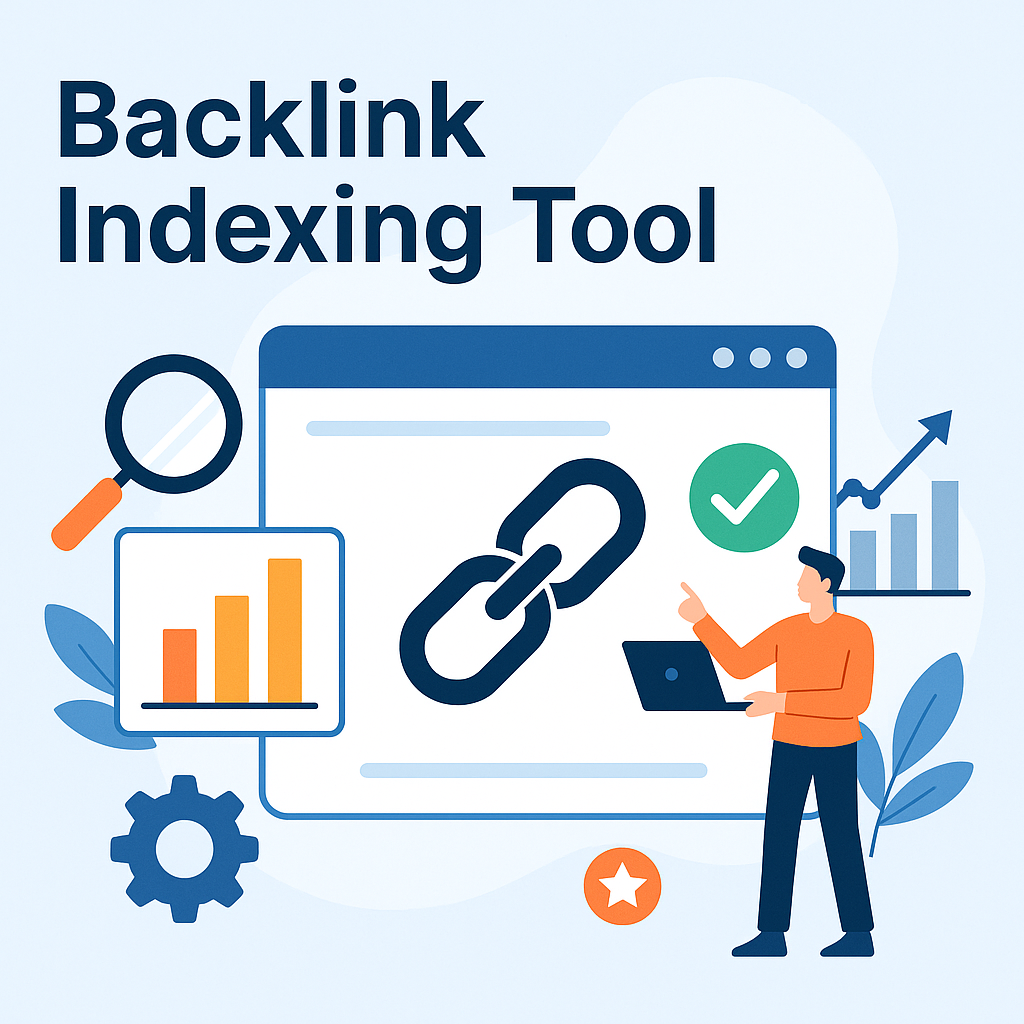


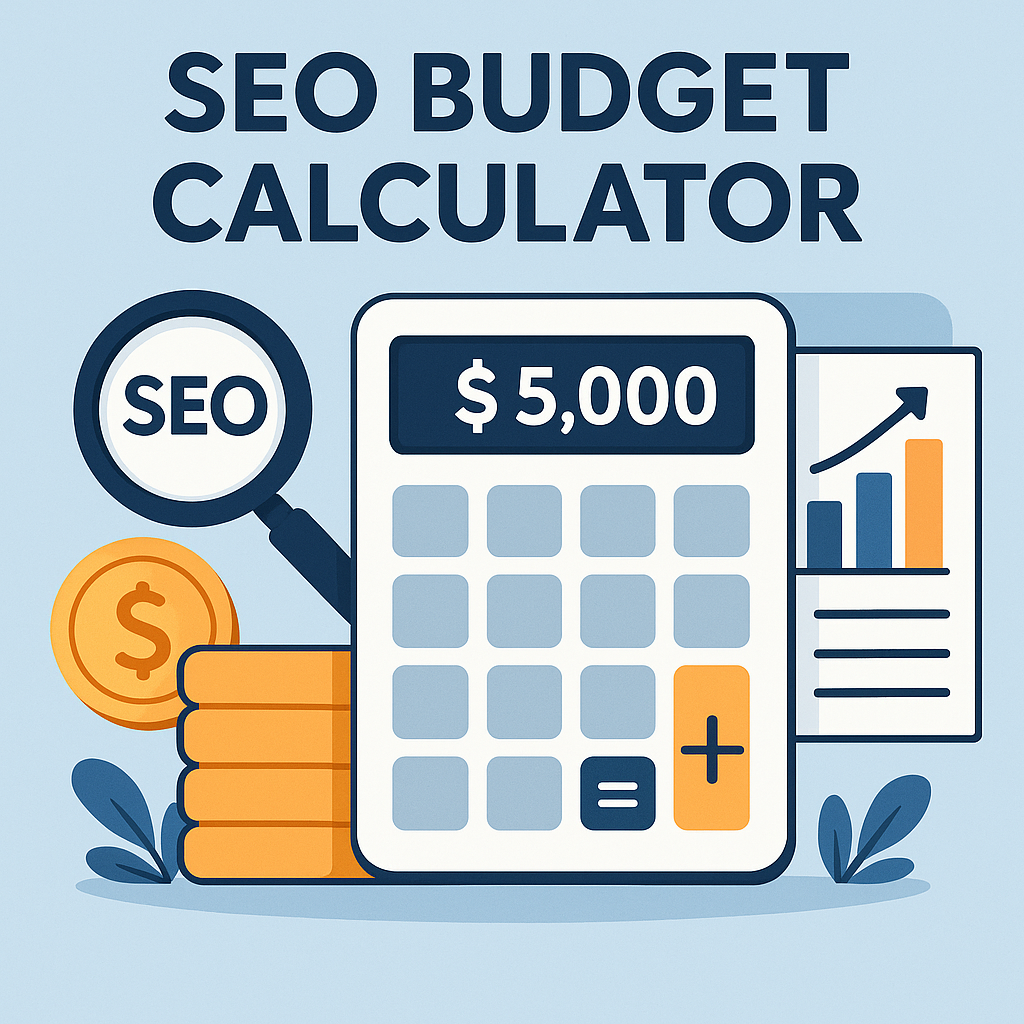
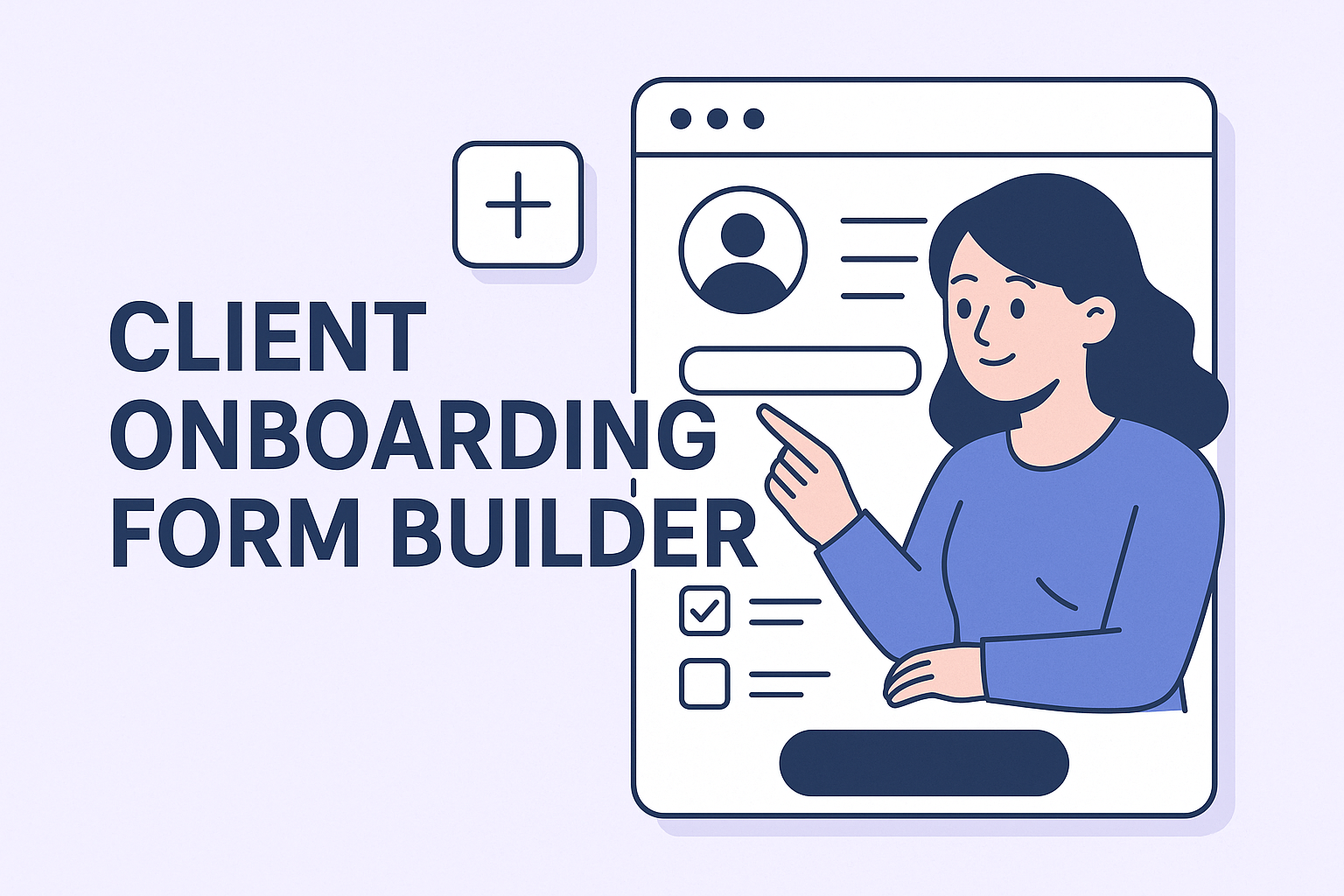
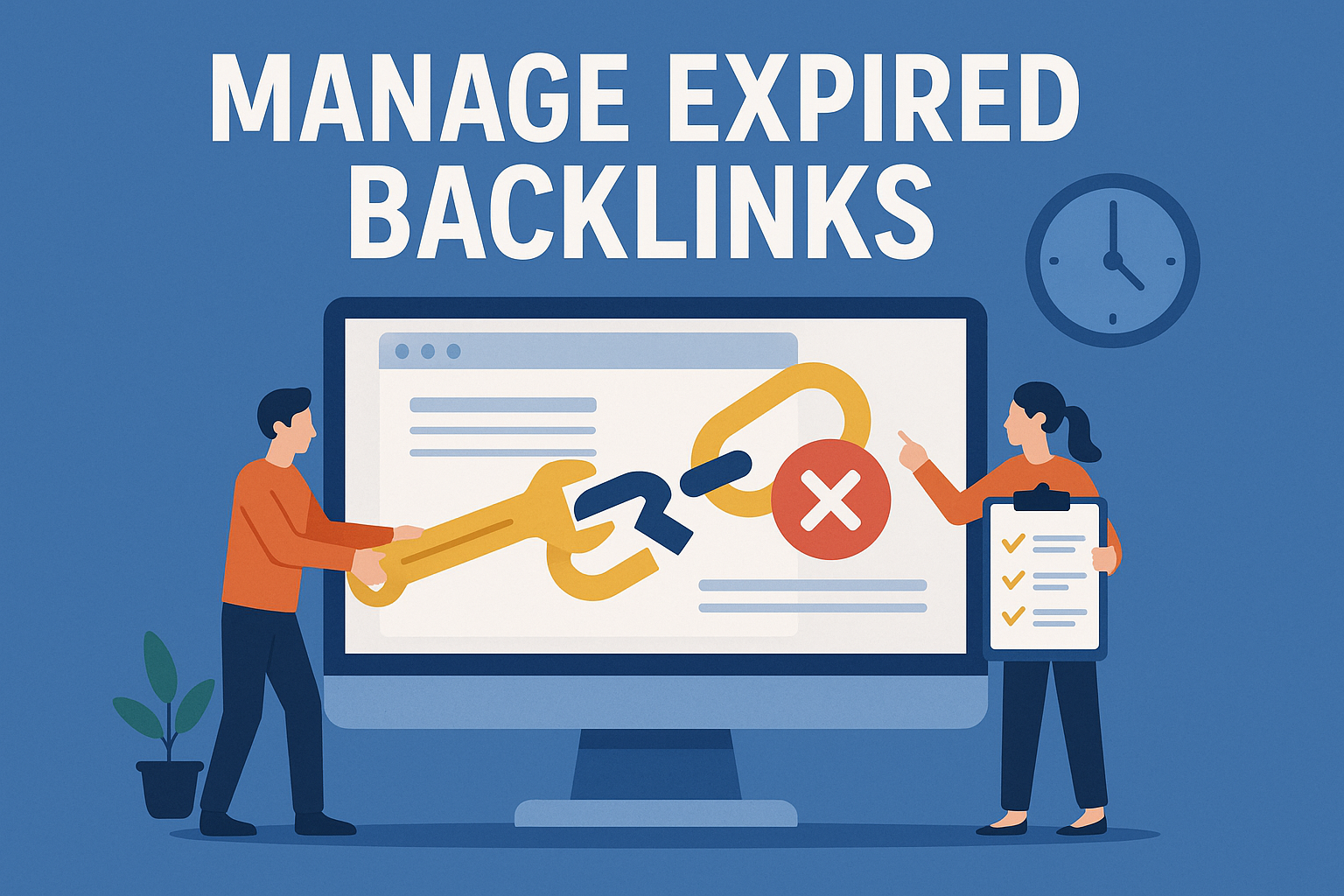
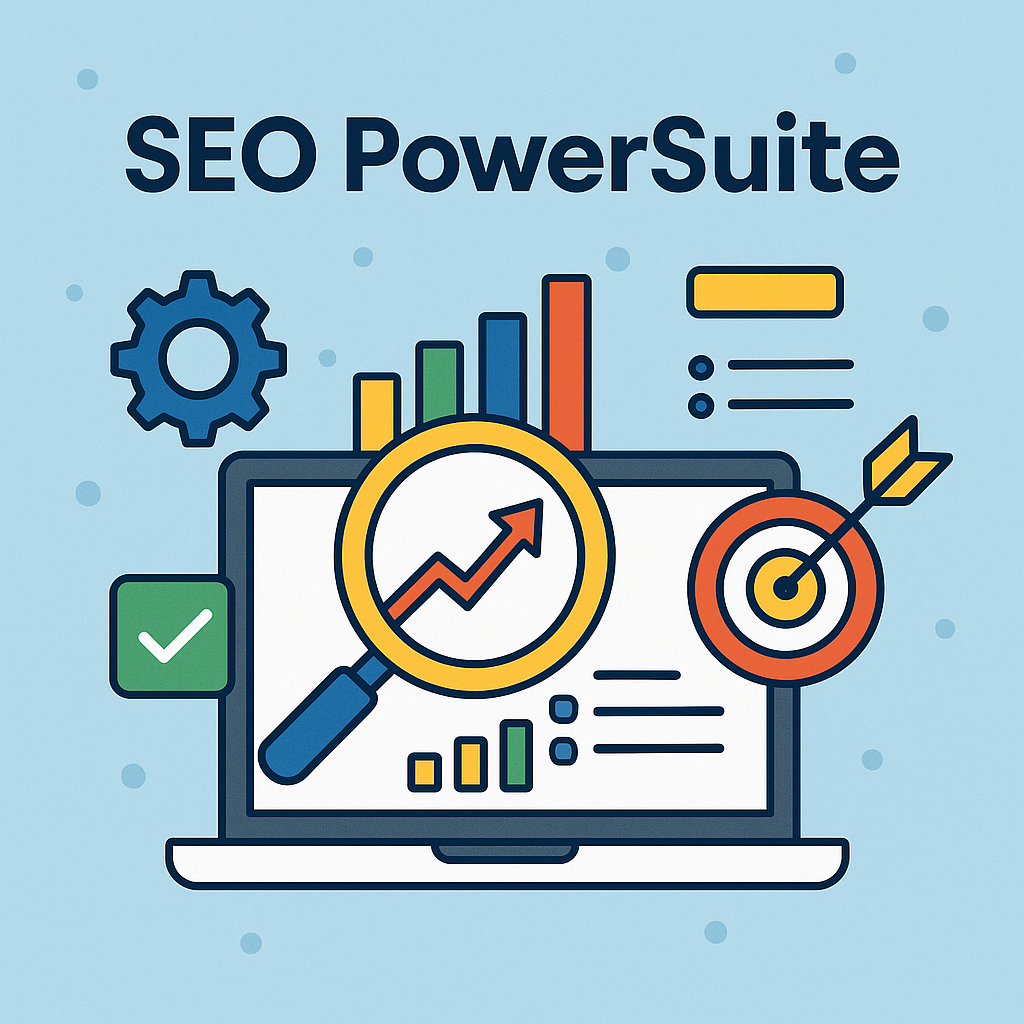
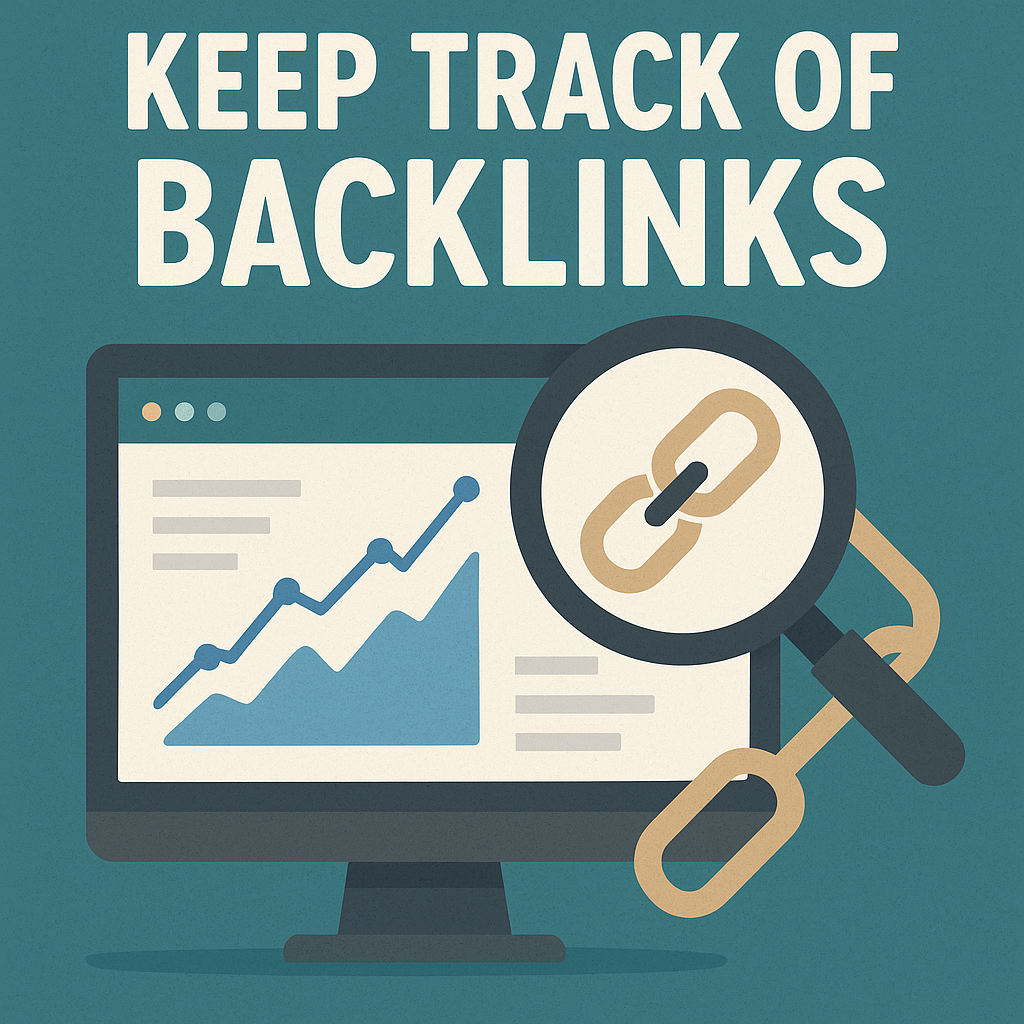
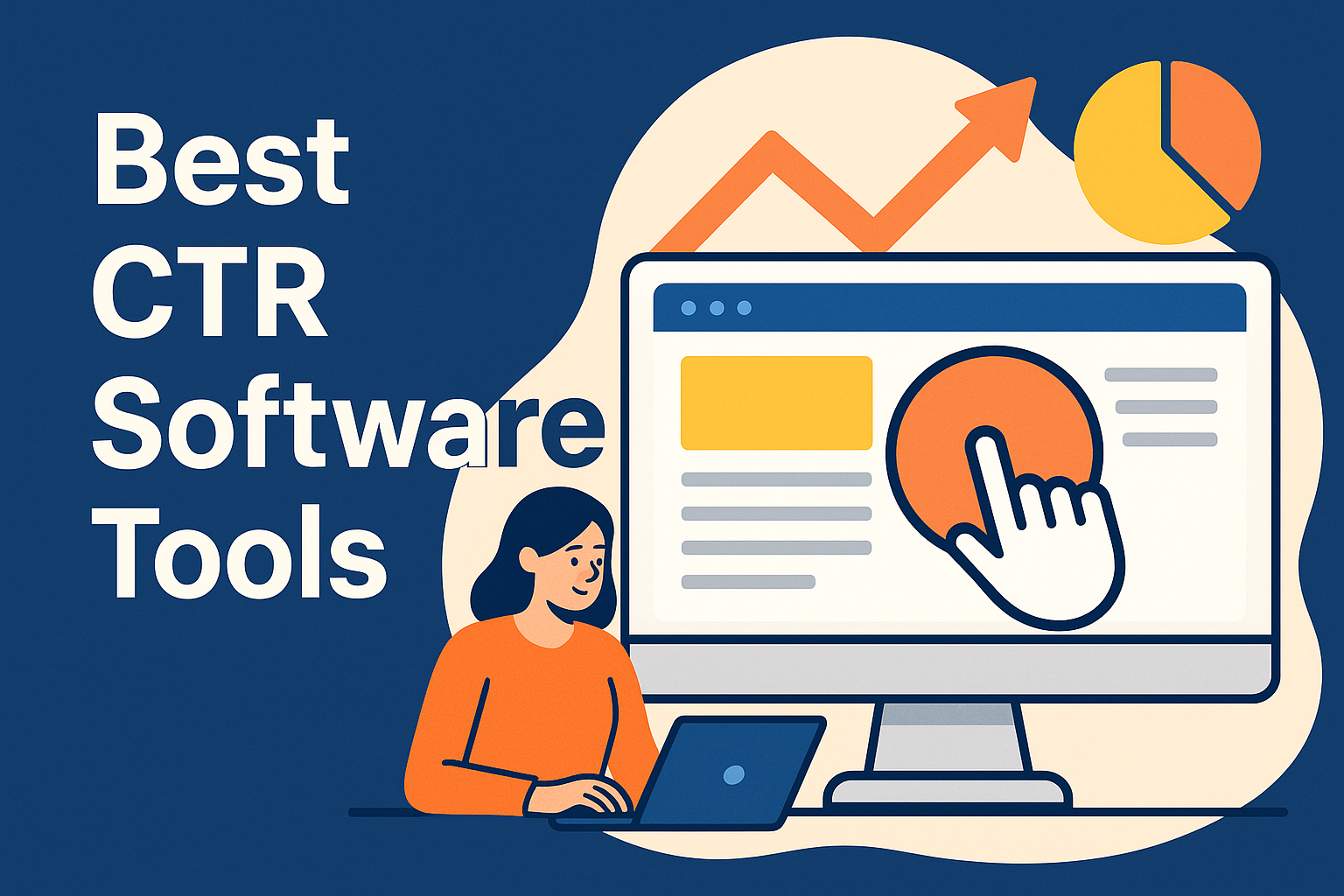



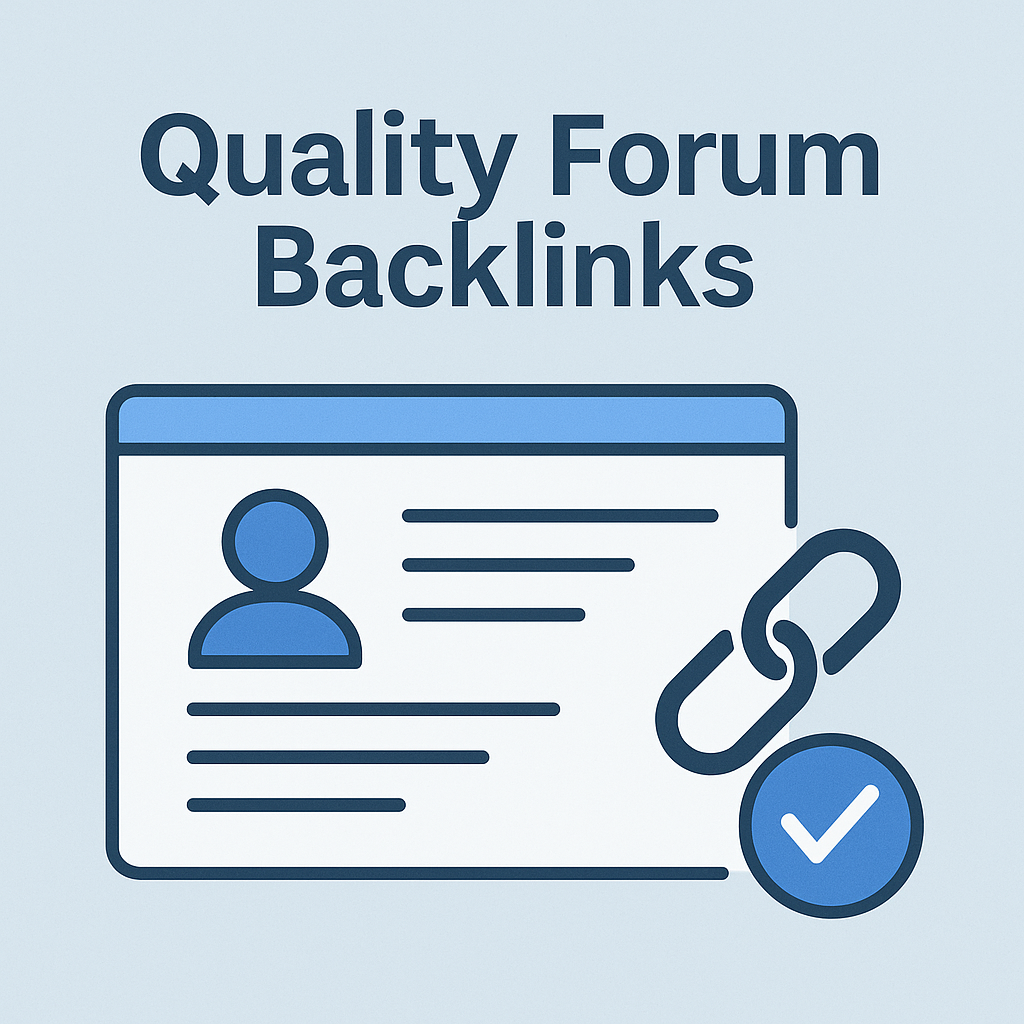
![Best Link Exchange Sites [Free & Safe] – Top 5 Picks](https://backlinkmanagement.io/wp-content/uploads/2025/04/Free-Link-Exchange.png)


